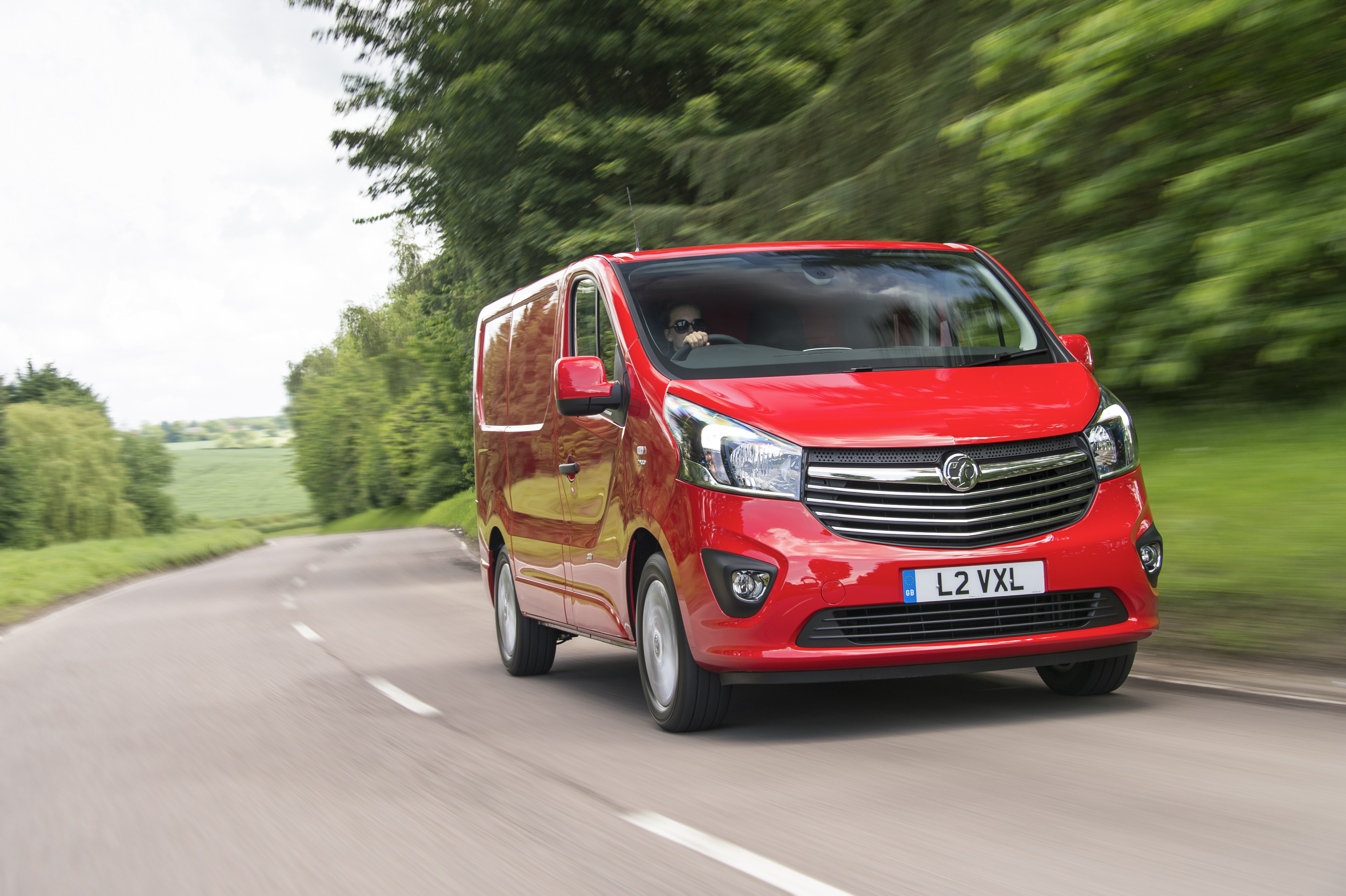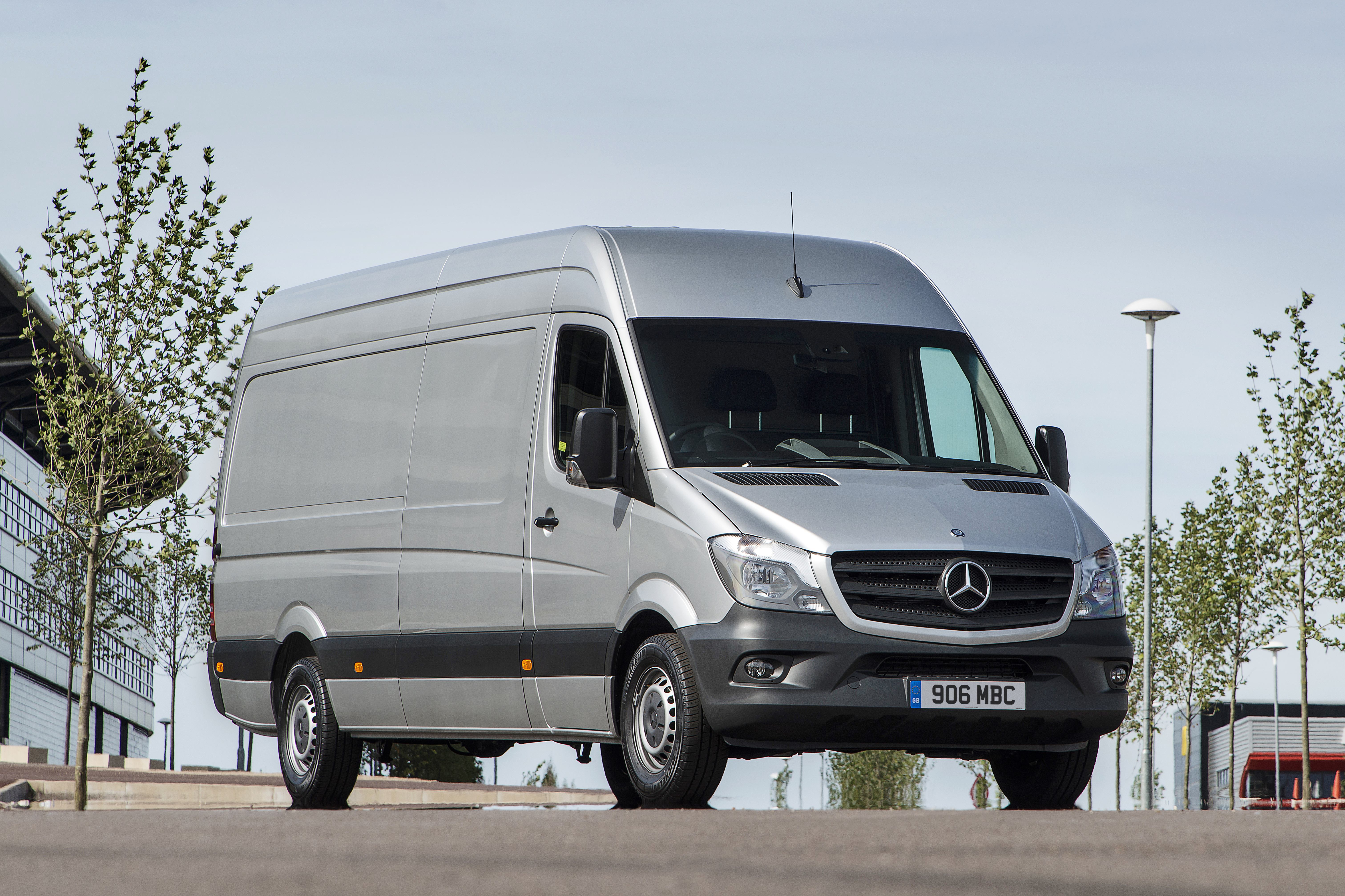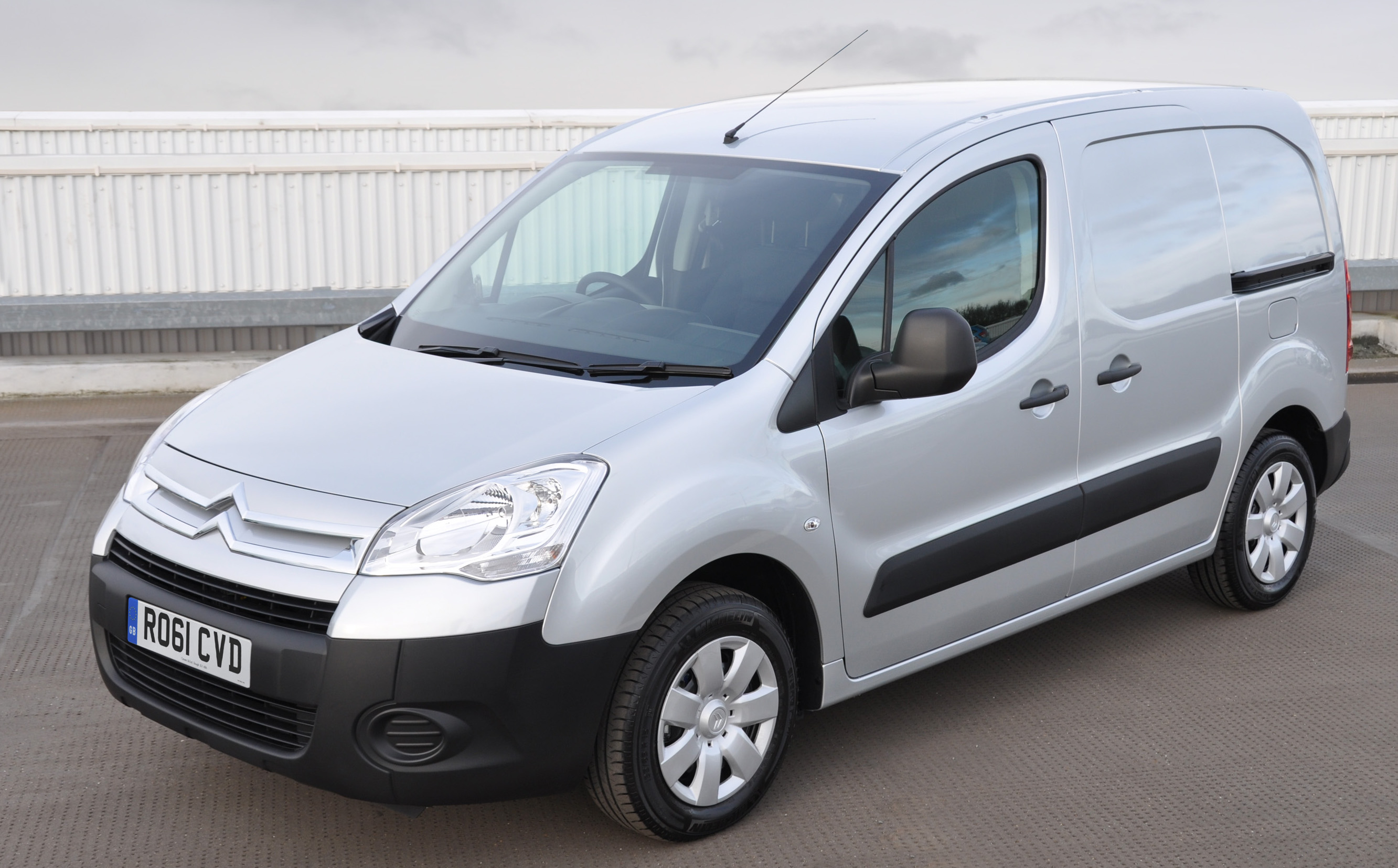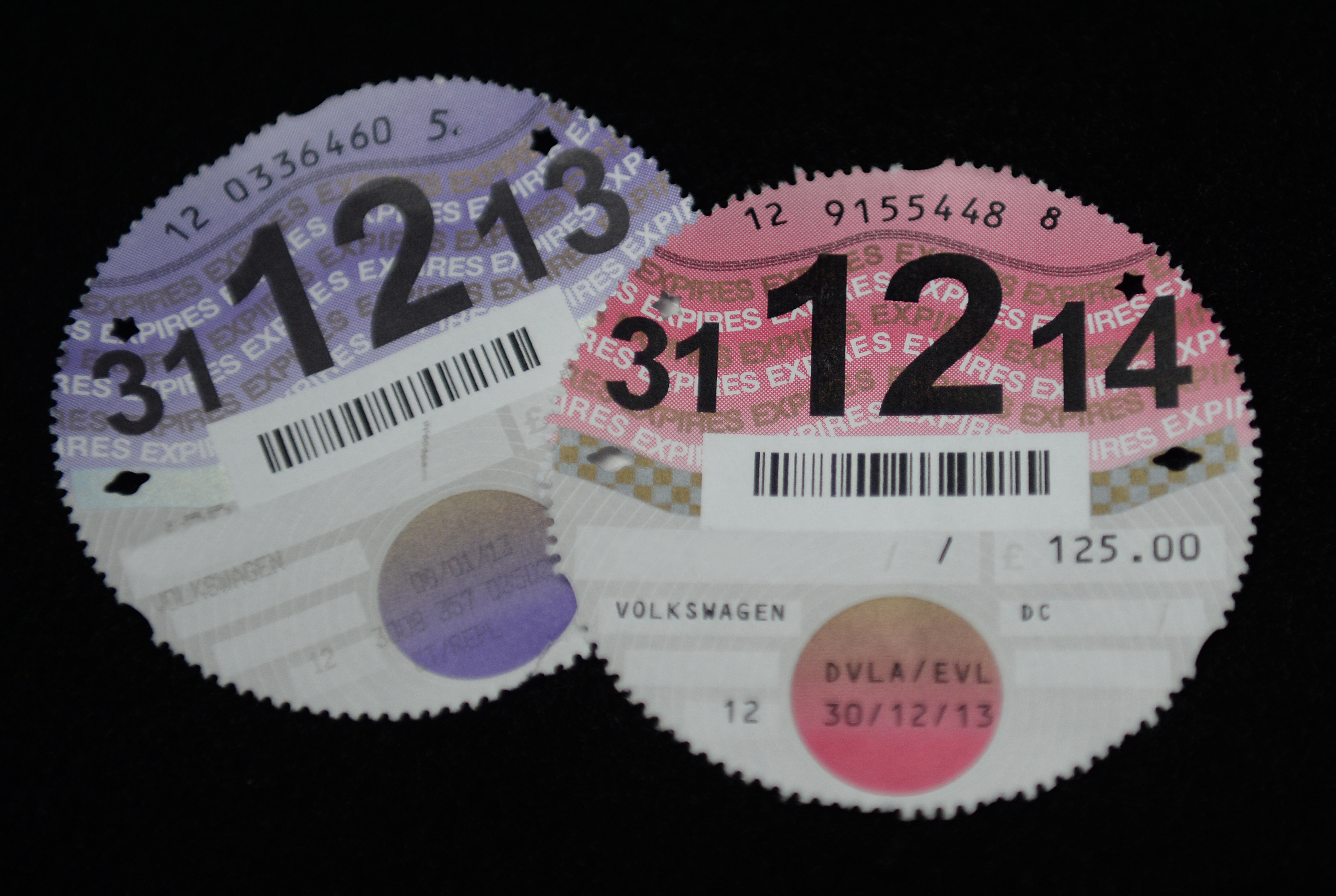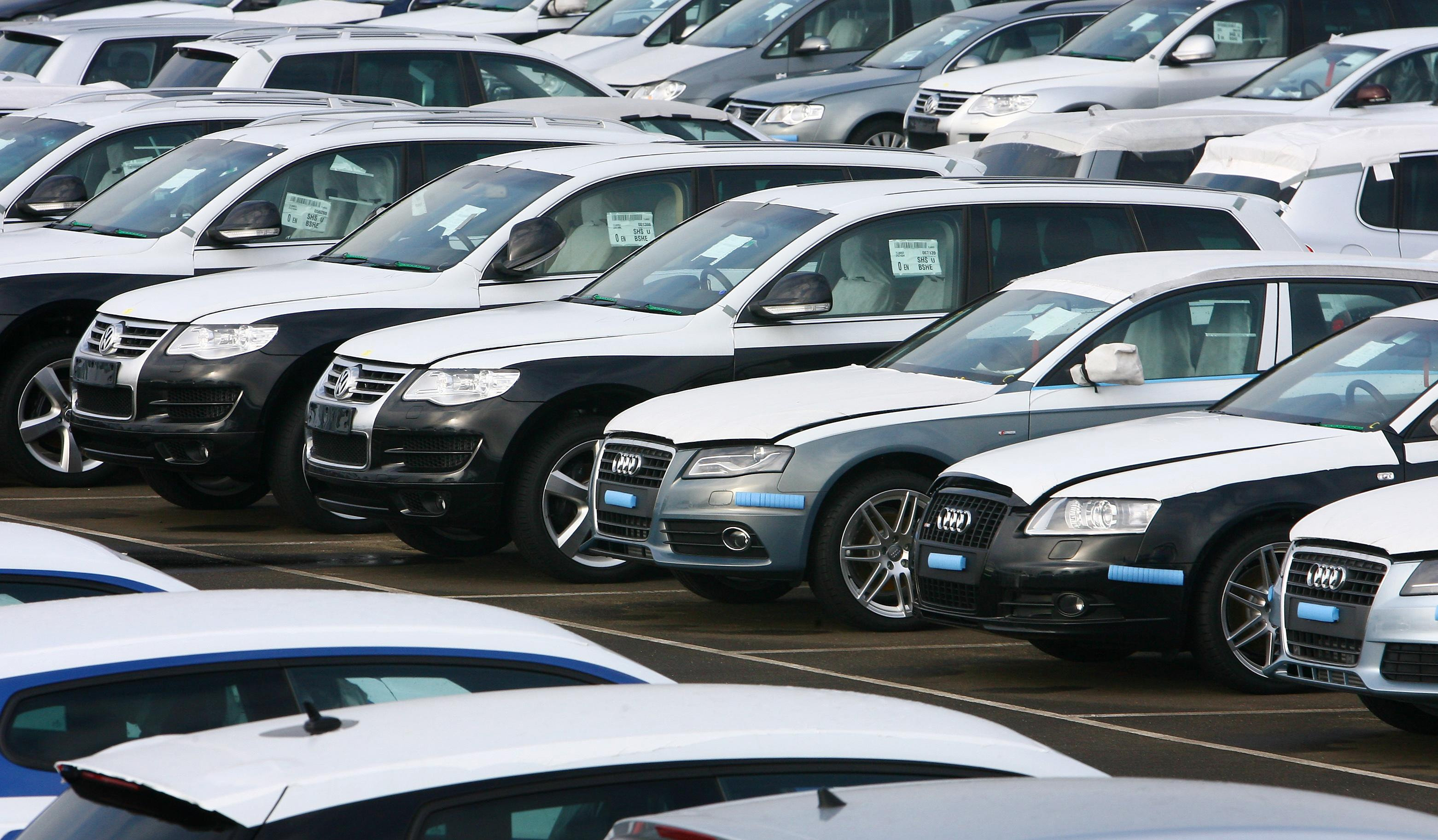Winter, particularly here in the UK, is cold. Temperatures fall, ice appears on windscreens across the country and getting in and out of a car is a far less pleasurable experience than it is in summer.
However, if you’re looking to change cars at this time of year, then there are a few optional extras which you can add (or look out for, in the case of a used vehicle) which can take the edge off the chill. Here are seven of the top ones.
Heated steering wheel

This is a pretty obvious one, isn’t it? A heated steering wheel can completely transform your winter driving experience, allowing you to keep your hands warm when on the move.
It’s an optional extra we’re seeing on more and more cars, and is becoming standard on a few too. Keep an eye out if you’re buying a used car – it’s something you’ll want fitted.
Heated seats

Heated seats have been for a little while now, but that doesn’t make this option any less welcome on a wintery morning. Just a click of a button, and a heated seat can change a cold cabin into a warm, comfortable place to be.
You’ll also find the rear seats heated on some cars too, which means your passengers don’t have to sit in the cold while you enjoy some added heat up front.
Heated arm rest
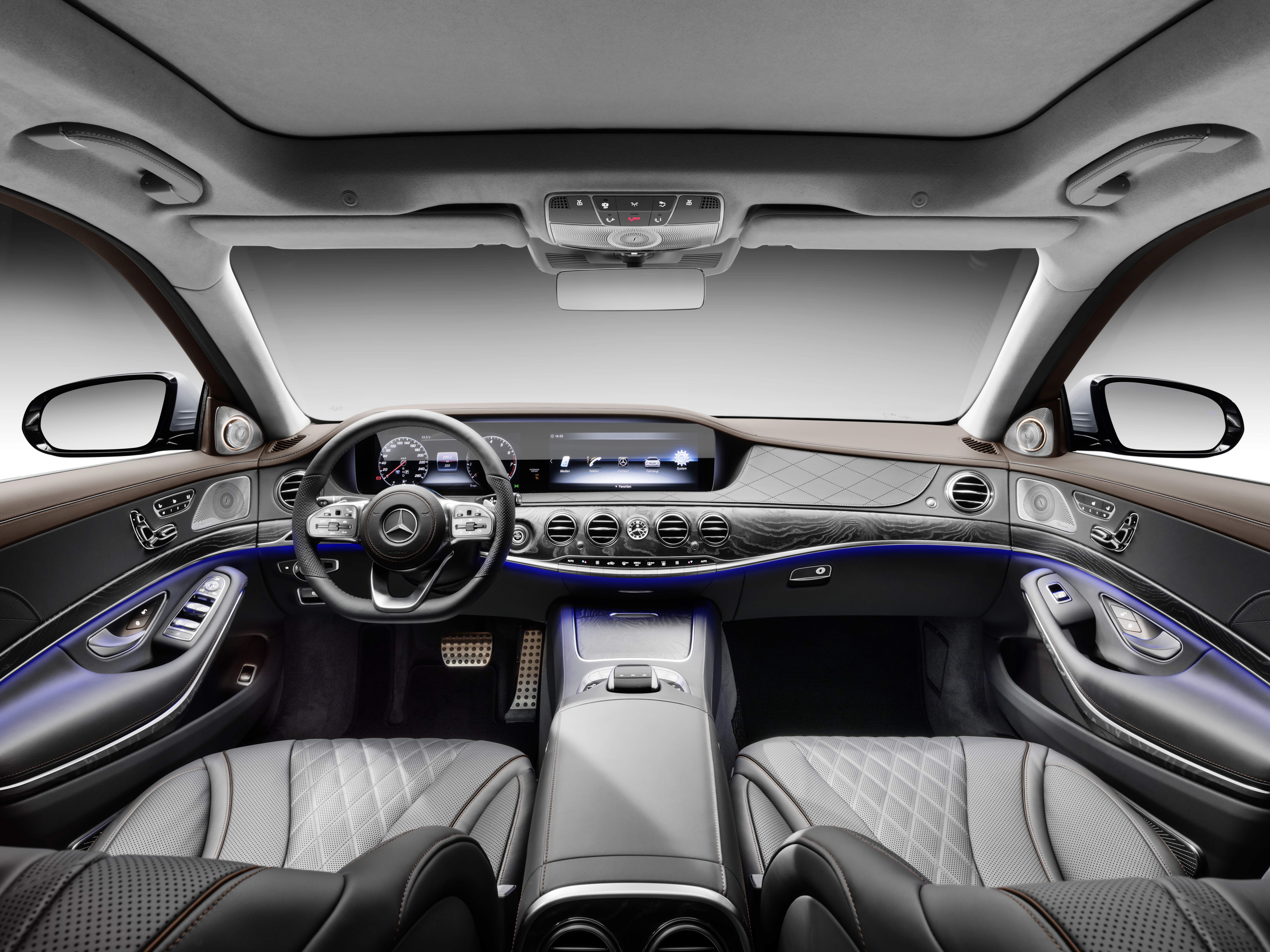
A heated arm rest isn’t something you’ll find on all cars, but it’s a feature we’re big fans of. It’s an optional extra on the Mercedes S-Class (though other Mercedes models do feature it), and it works in partnership with the heated seats and windscreen to create a wraparound heating effect.
It may not sound like something you essentially need, but give it a go and we’re sure you won’t regret it.
Heated windscreen

Though traditional heated windscreens use the ventilation blowers to direct air up towards the screen, new versions feature heated elements in the glass to help quickly and effortlessly de-ice the windscreen.
Ford’s latest QuickClear system is a particularly effective interpretation of this and makes short work of even the thickest ice.
Multi-zone climate control
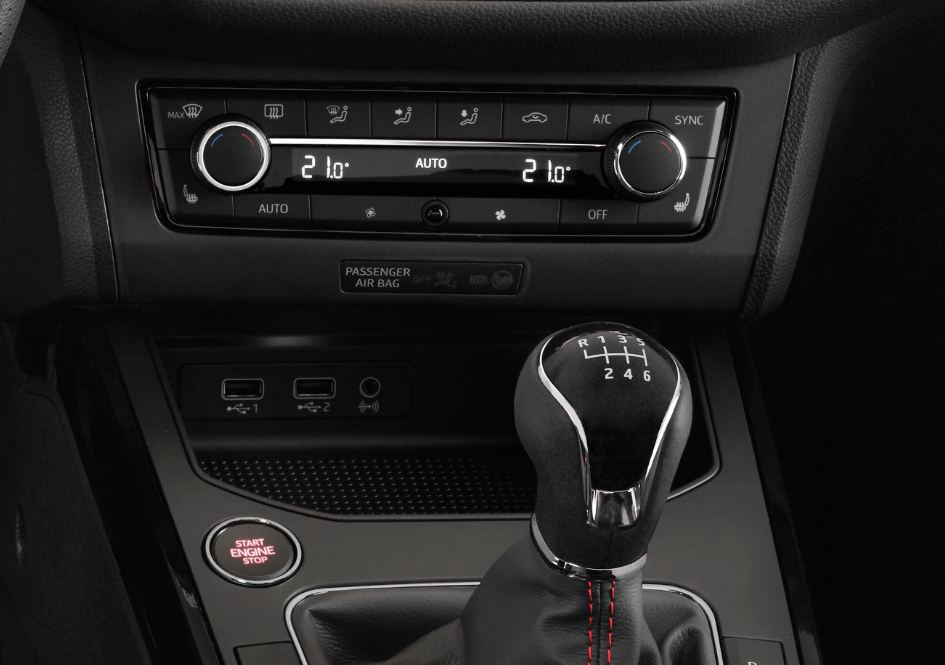
Multi-zone climate control allows everyone in the car to get their section of the vehicle to just the right temperature. It means that should those sat in the back feel the cold a little more than those in the front, they can adjust the temperature to suit.
This is a feature we’re seeing in far more cars than before, giving buyers better options when it comes to in-car heating and ventilation.
Kodiaq Blanket
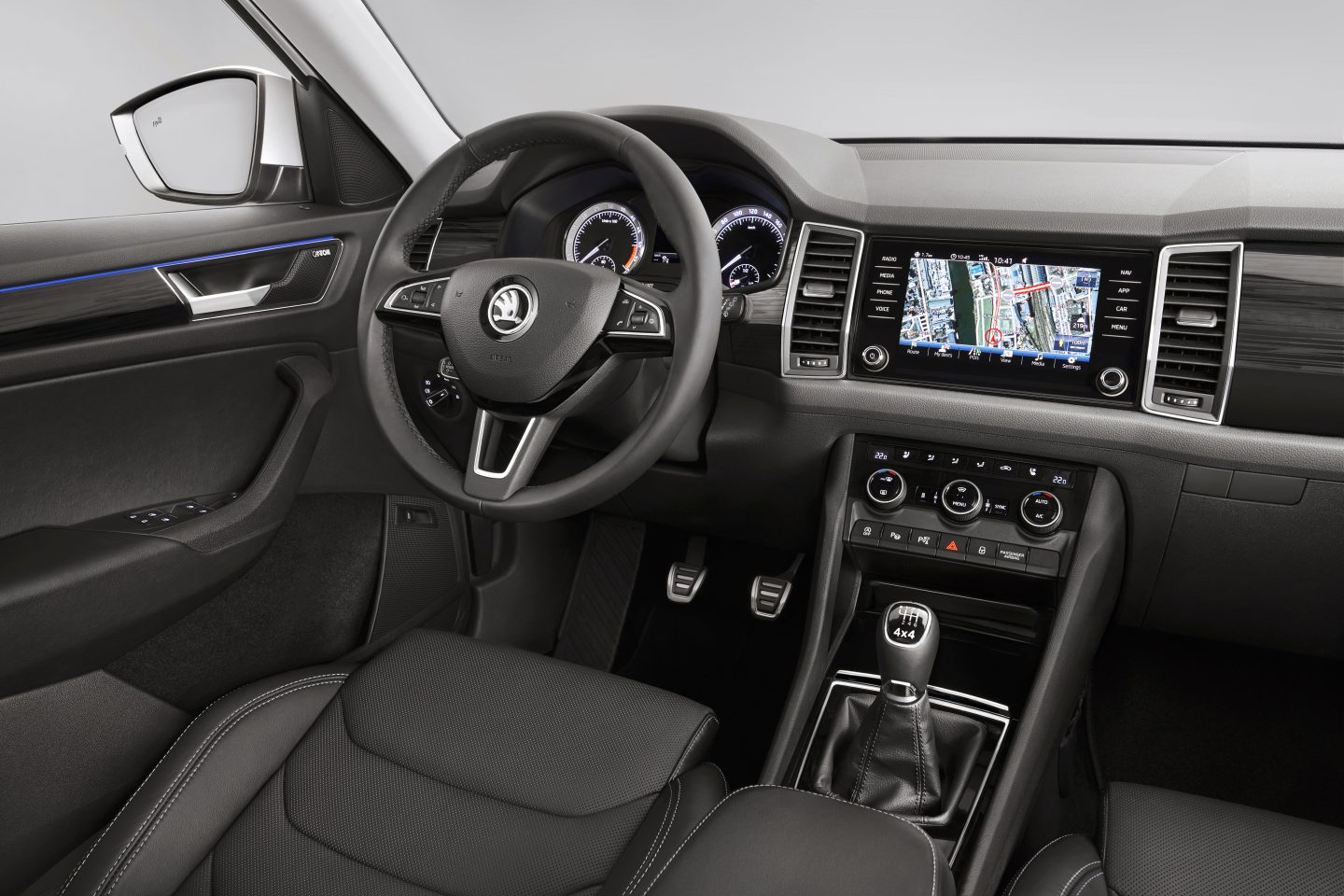
There’s a clever new option pack available with the Skoda Kodiaq – the ‘Sleep Pack’. This includes headrests with ‘wings’ which allow you to sleep without lolling over, and also a pack of blankets – ideal for keeping passengers warmer during the older months.
There’s nothing quite like a blanket to help warm you up and fortunately enough, the Kodiaq has them fitted with this pack.
Volvo pre-conditioning
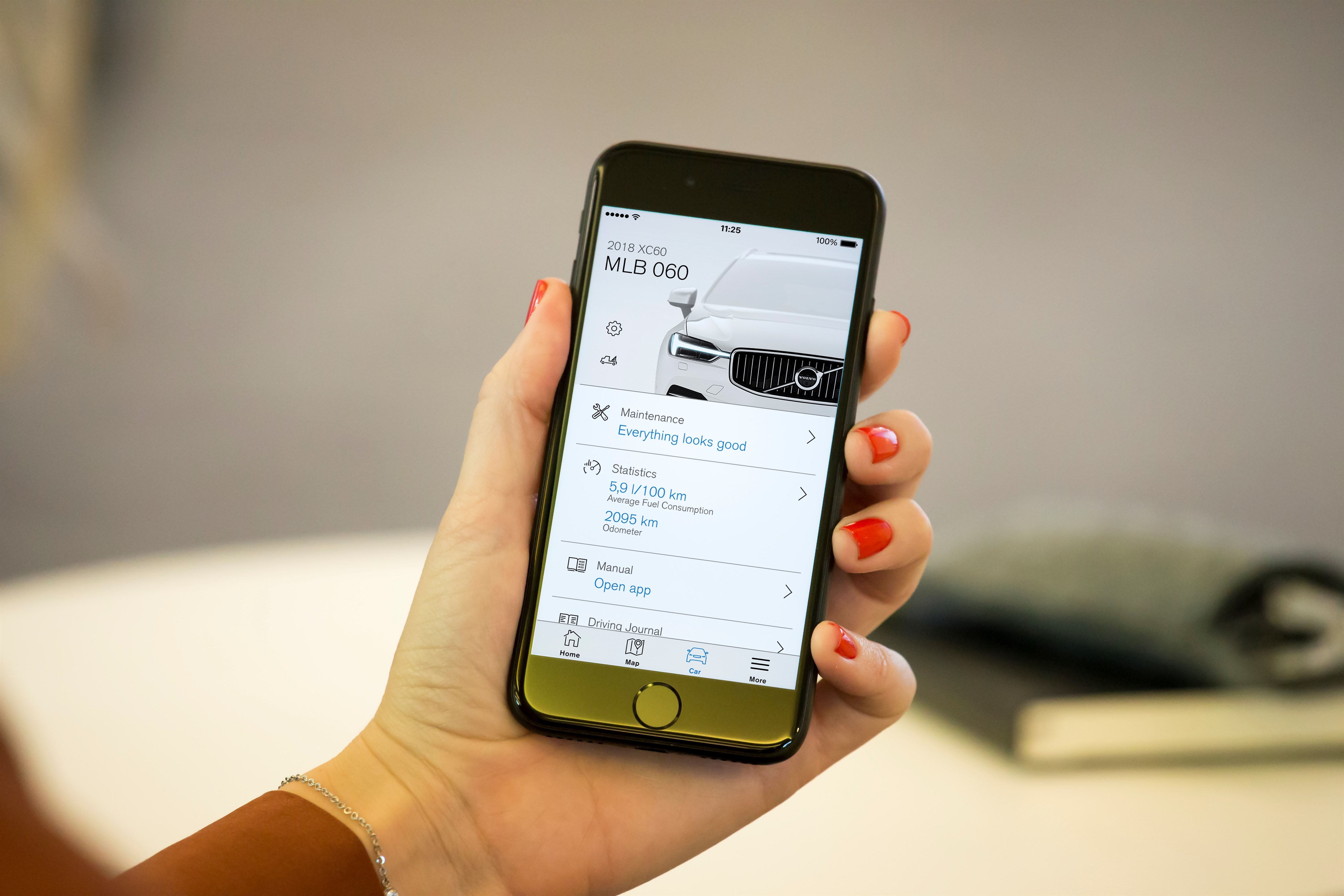
This is a particularly useful setting during winter. Available on Volvo’s range of plug-in hybrid vehicles, the pre-conditioning feature allows you to pre-programme the car’s temperature before you get in.
It means that the car will heat up for a pre-determined time, ensuring that it’s toasty warm for when you decide to get in. And it’s all done via a smartphone app.


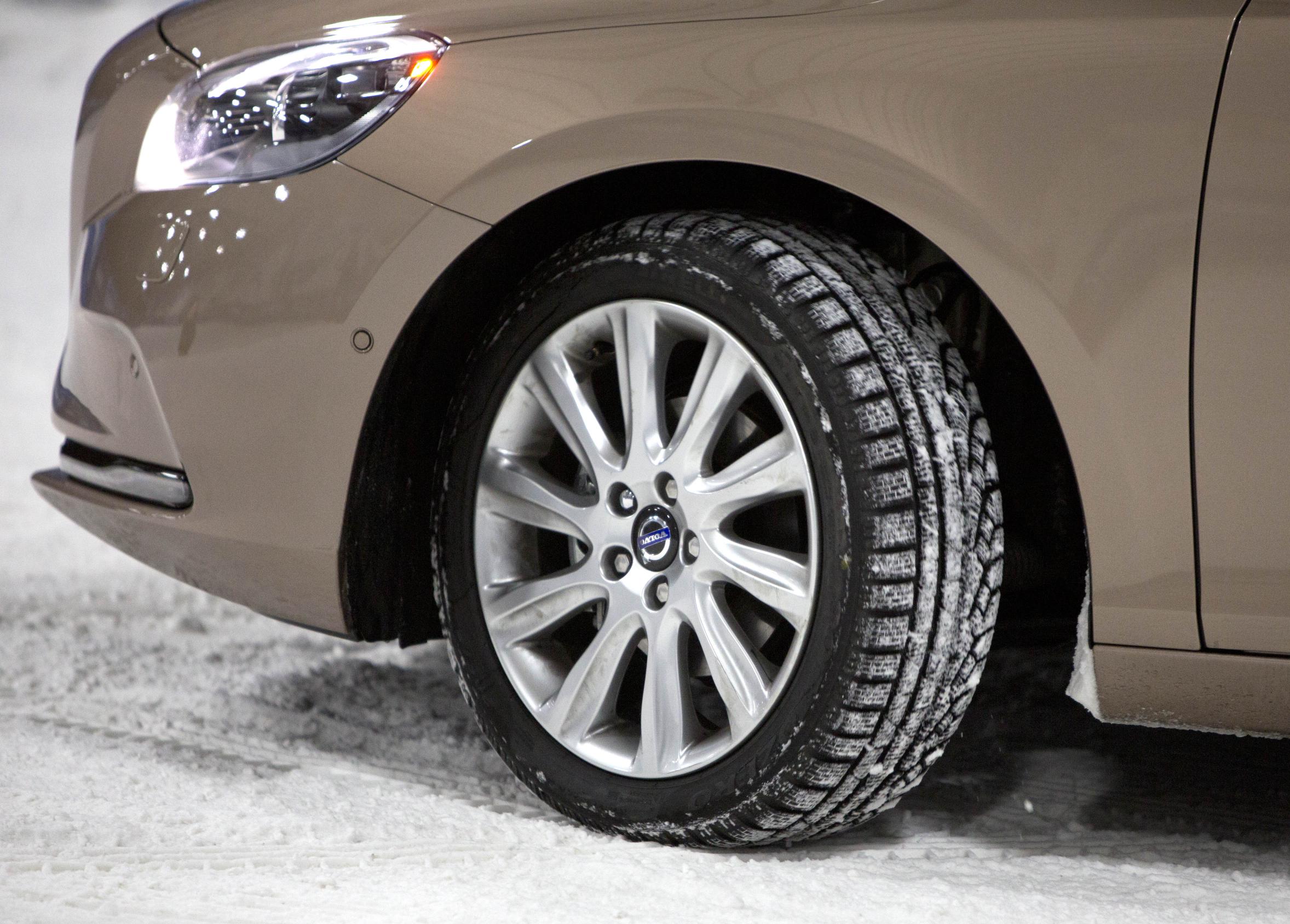


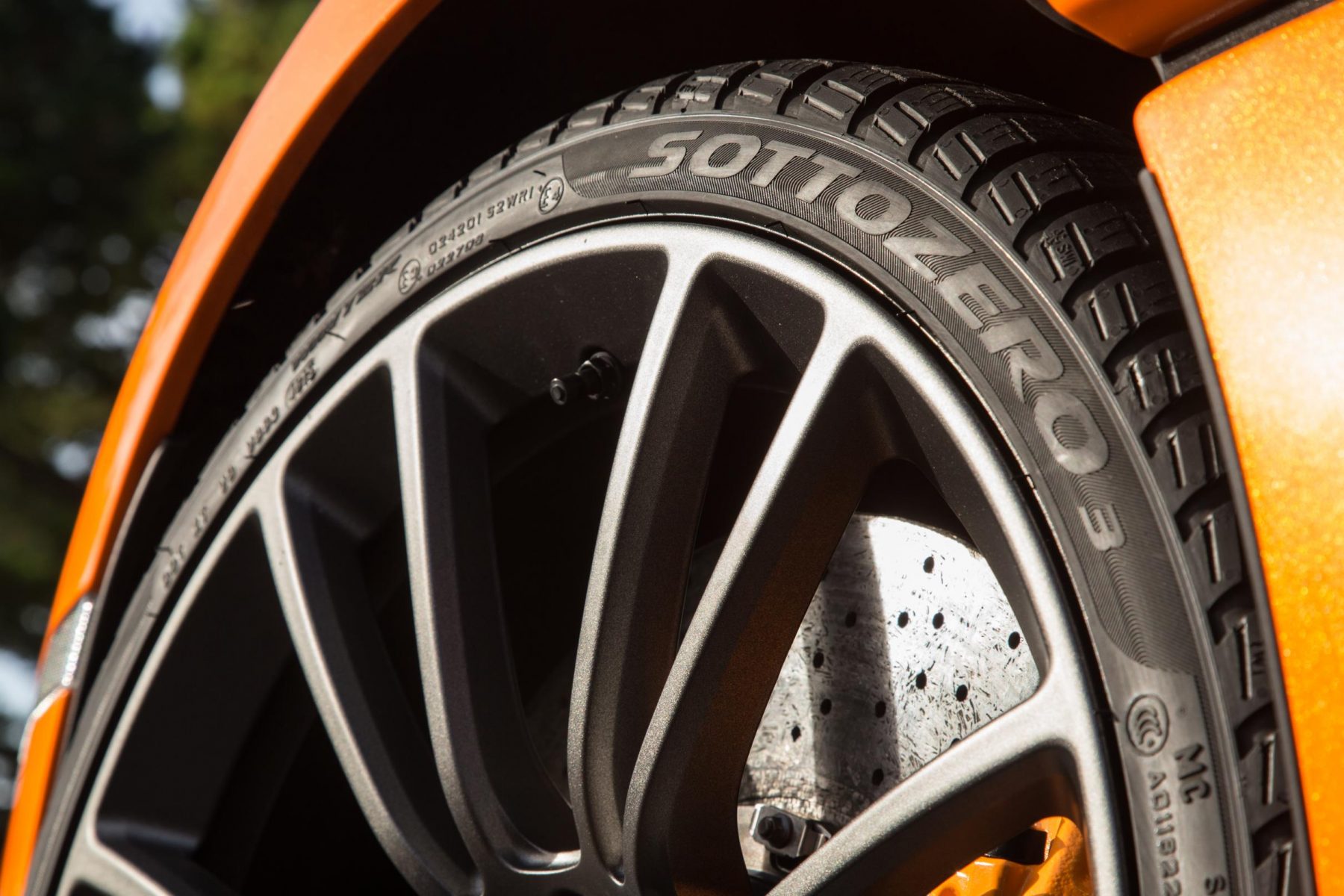

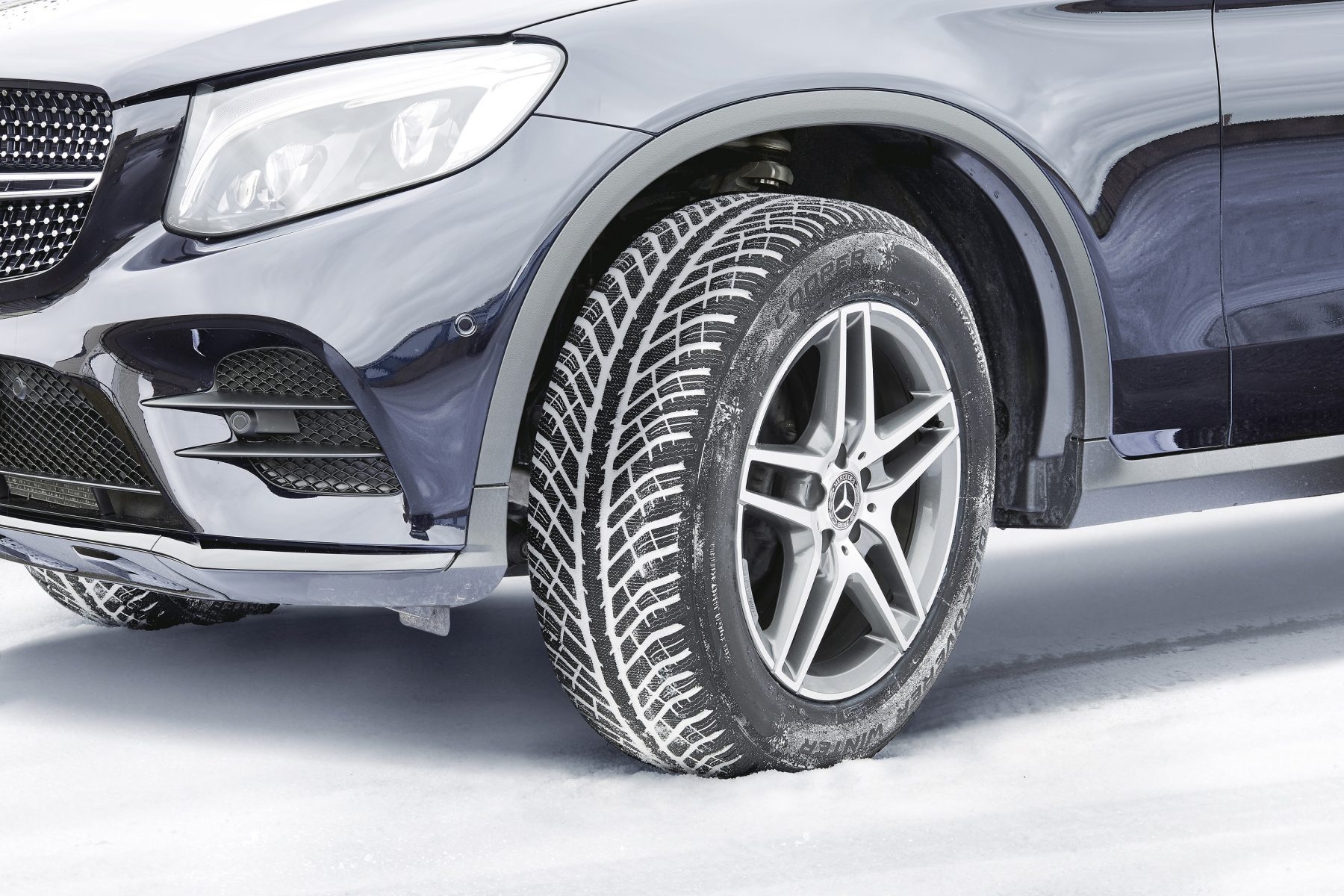
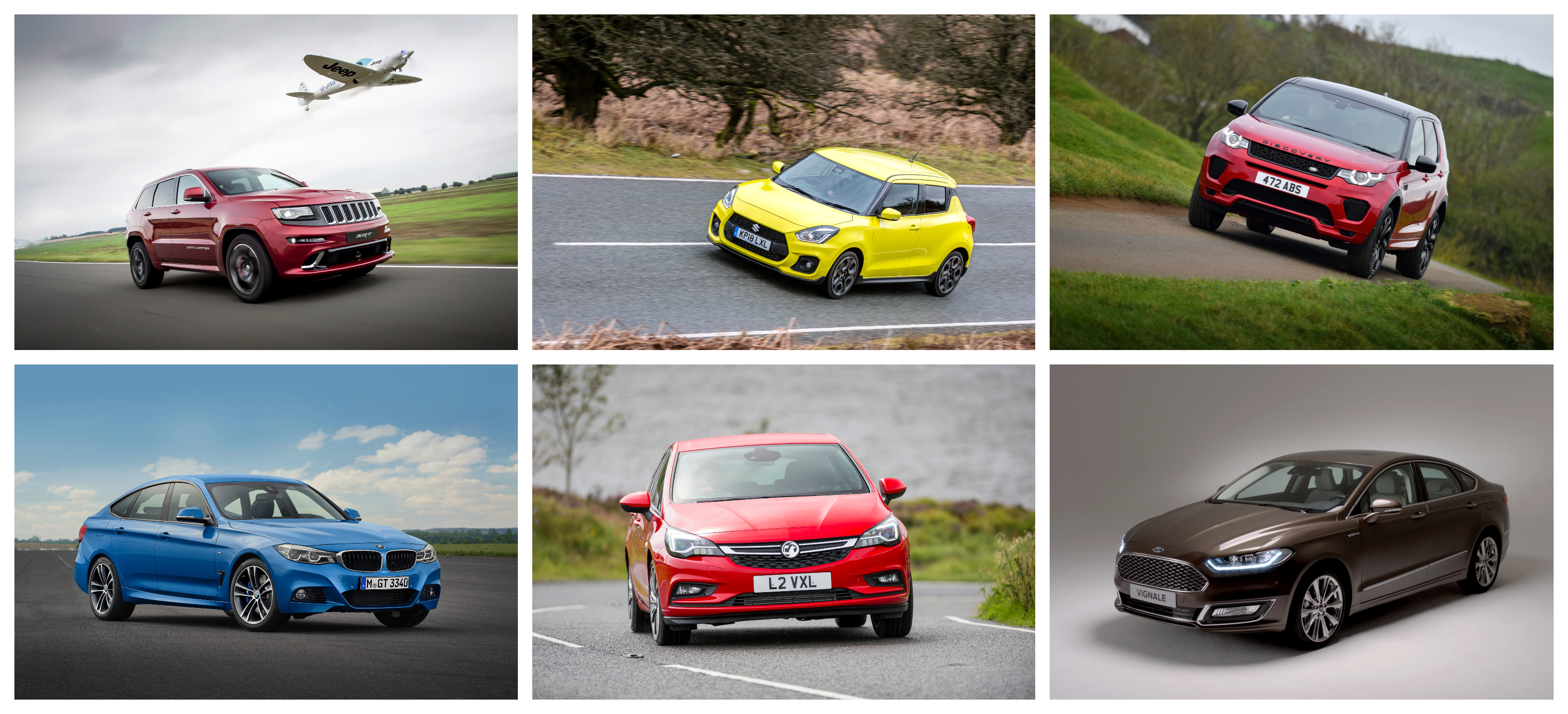
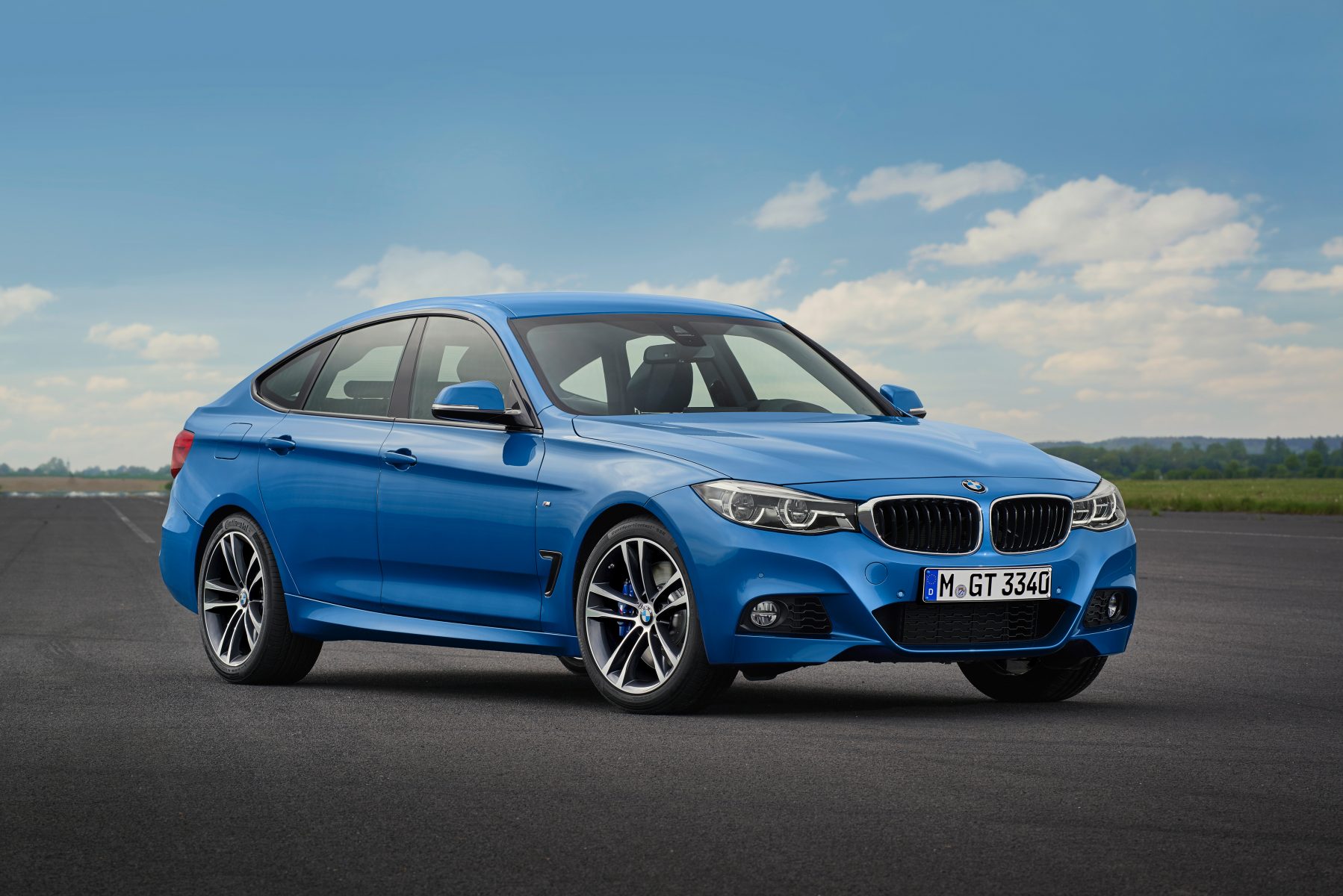 Price new: £38,280
Price new: £38,280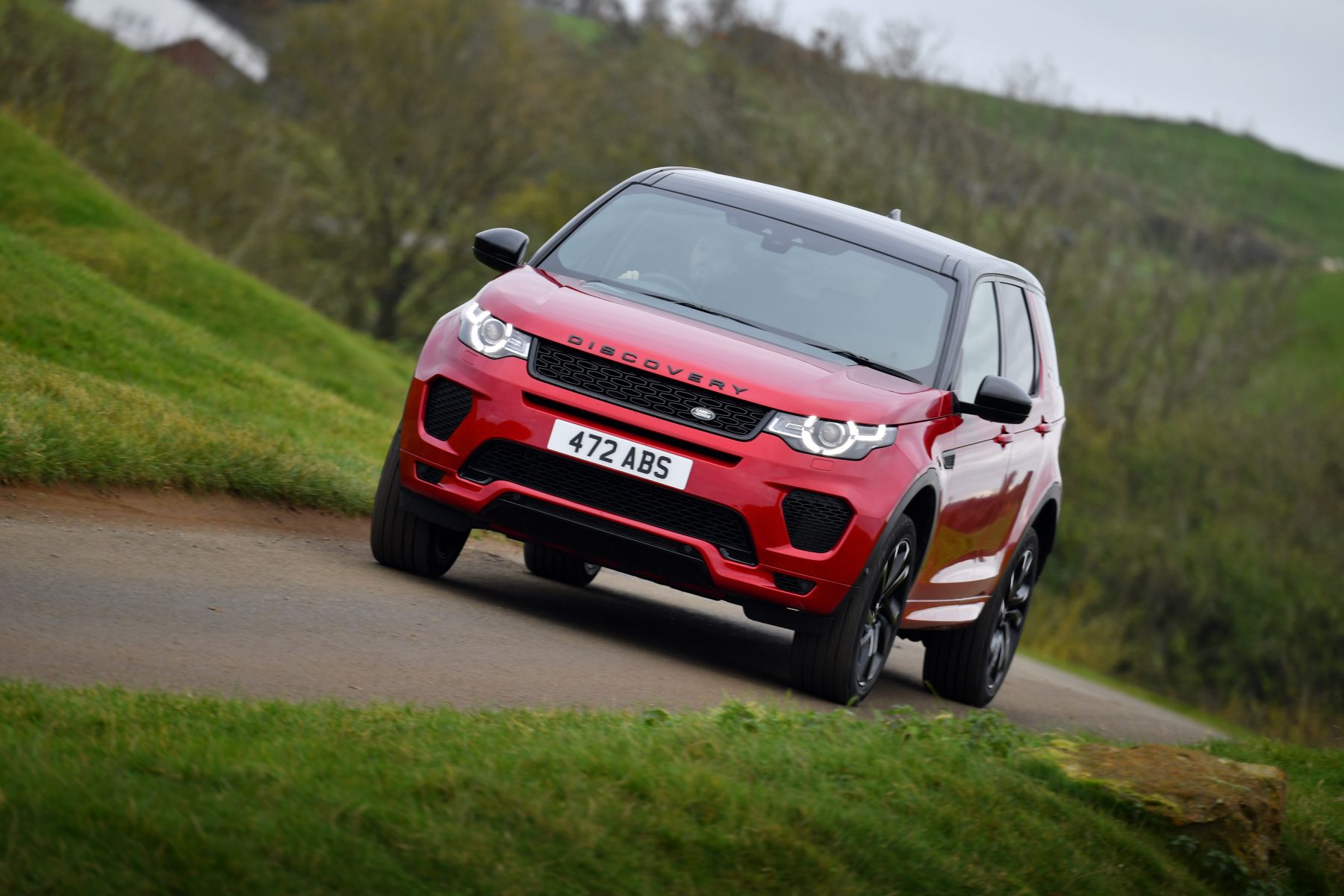
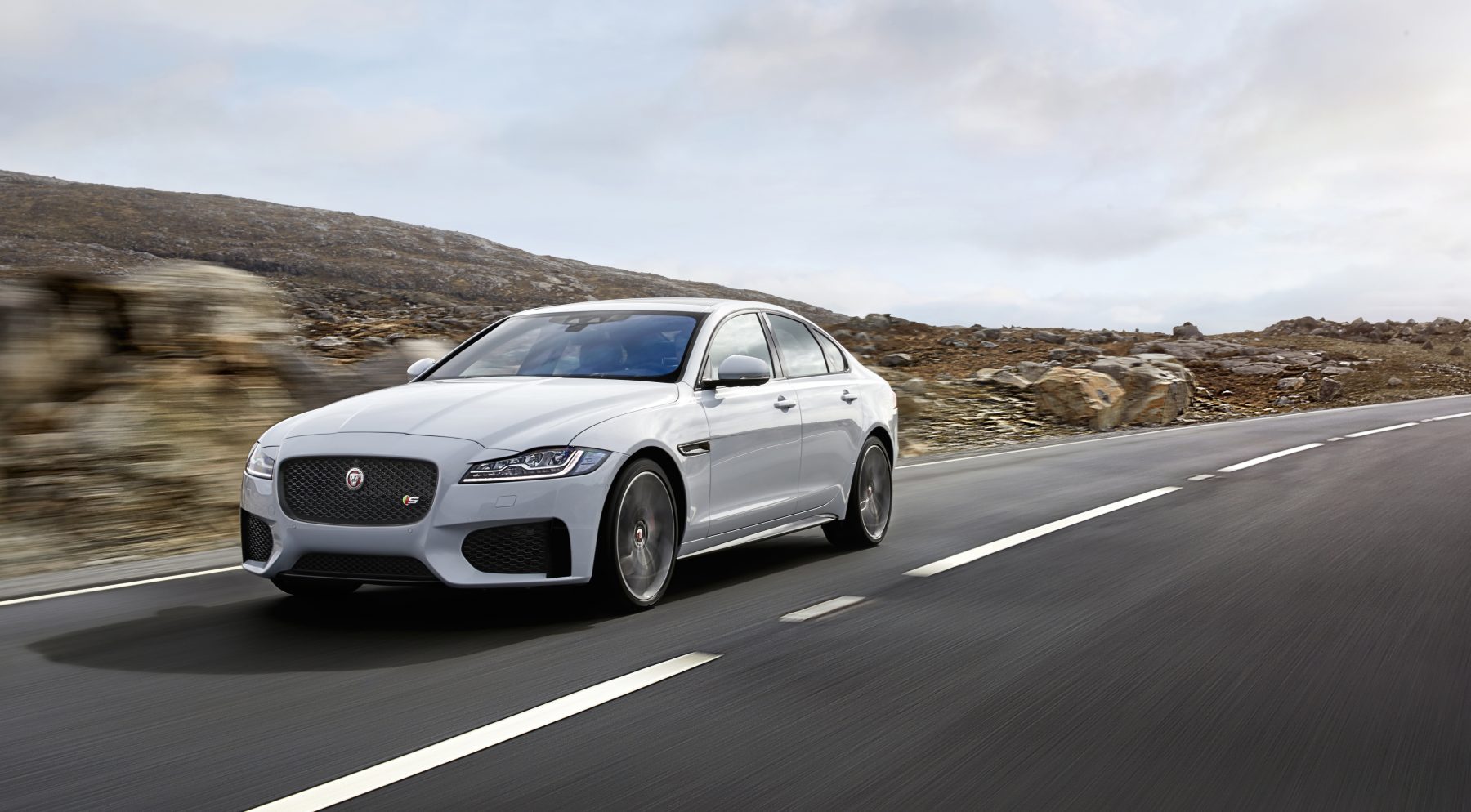

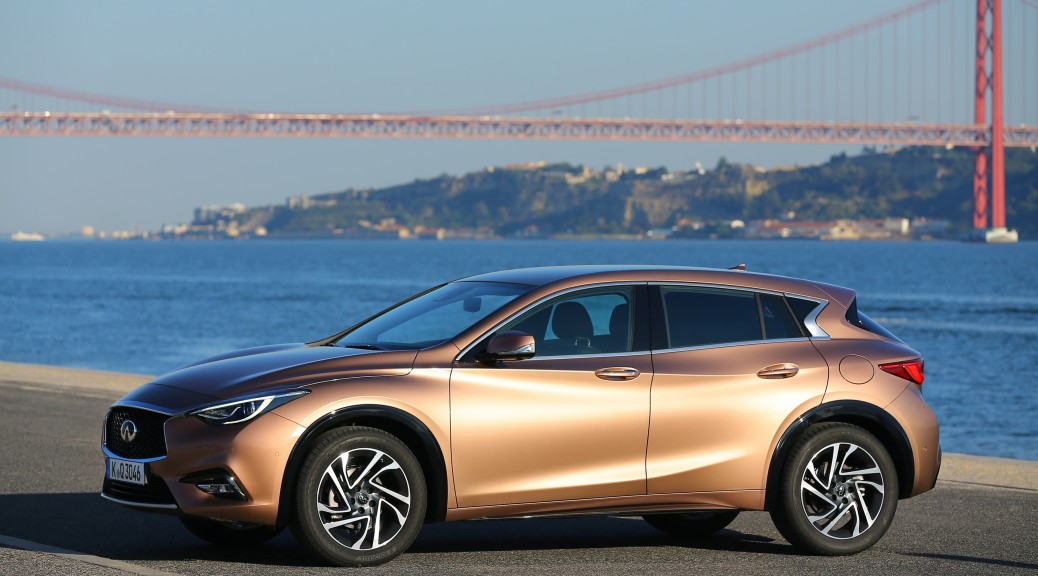
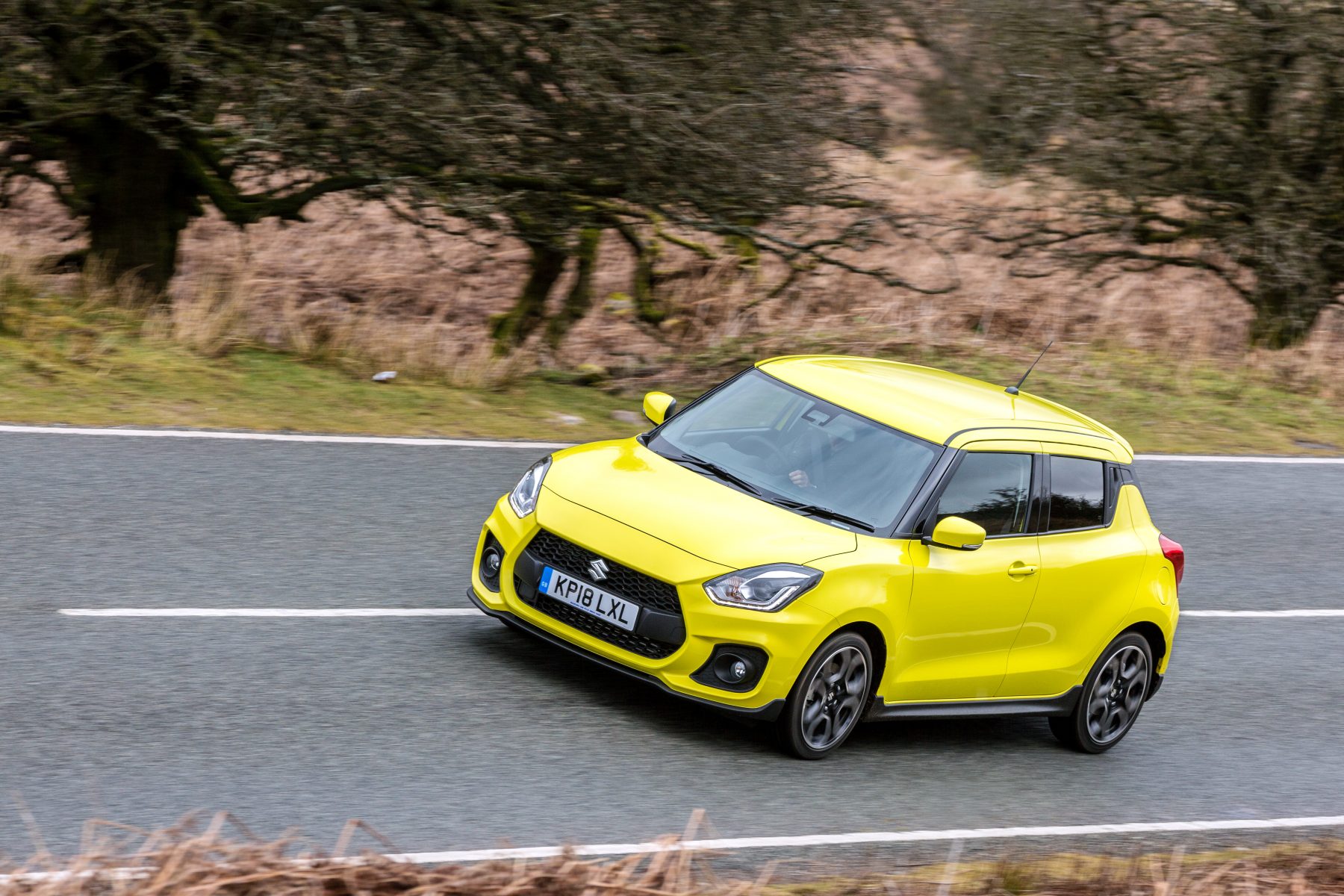
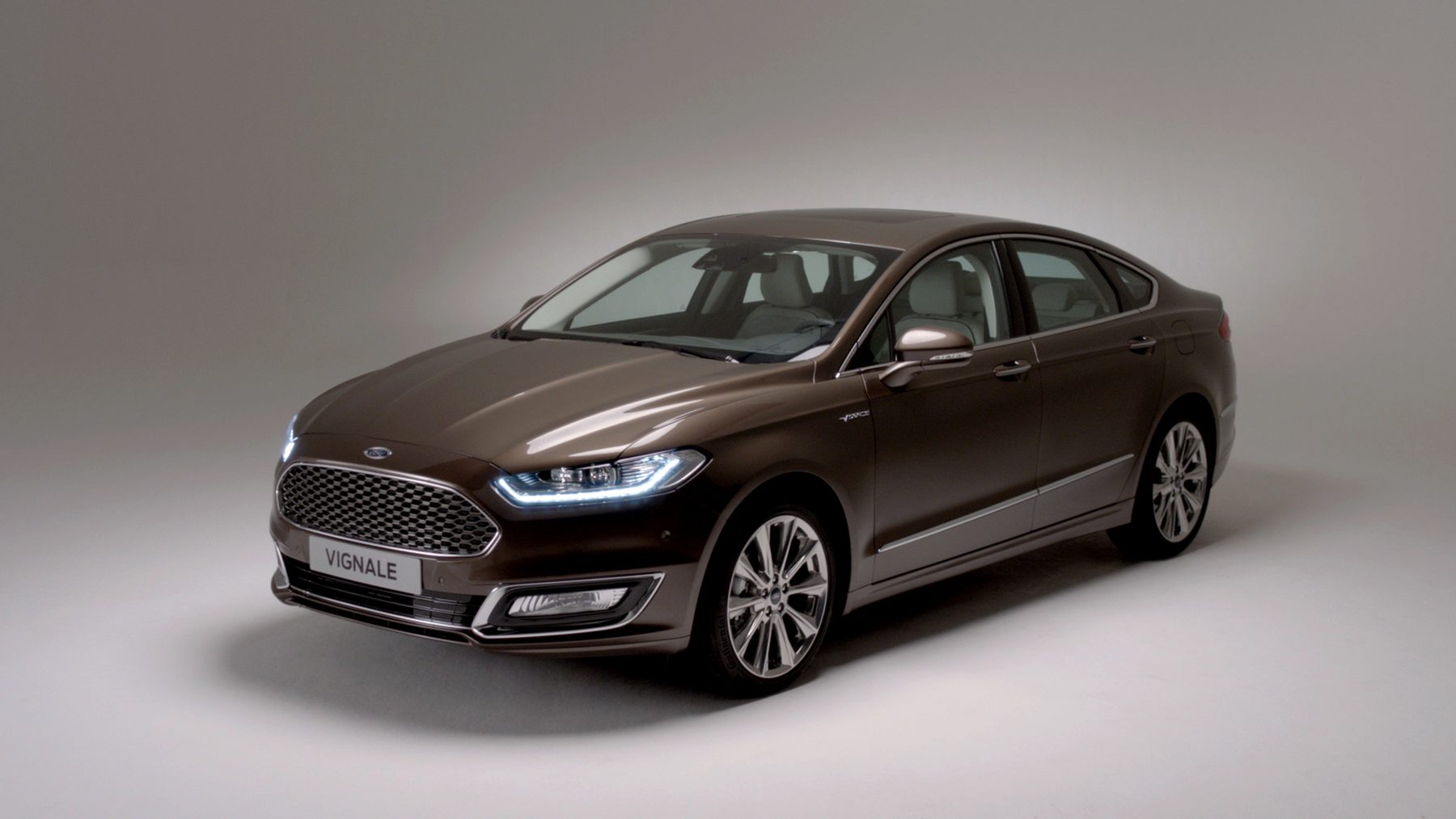
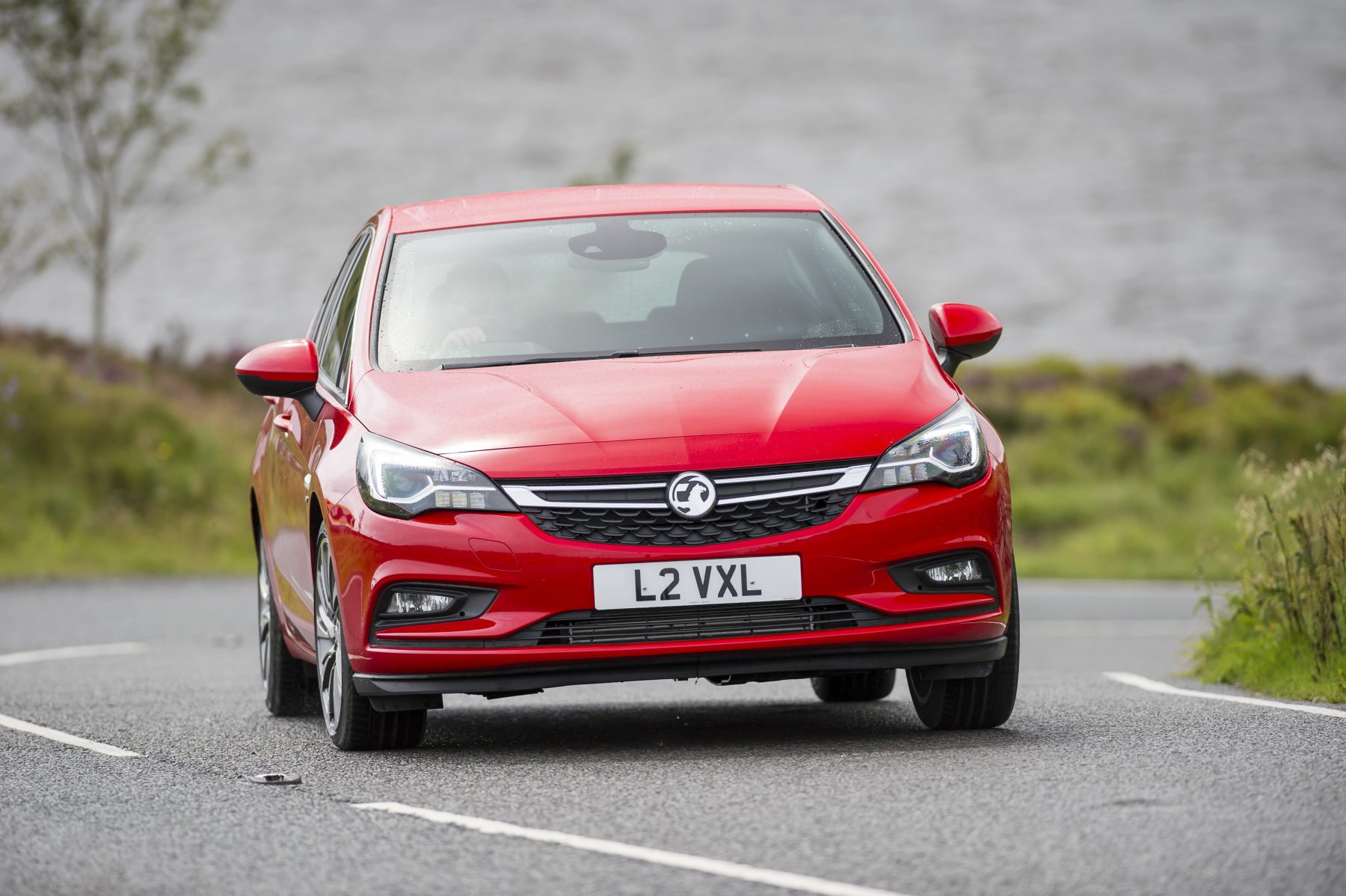
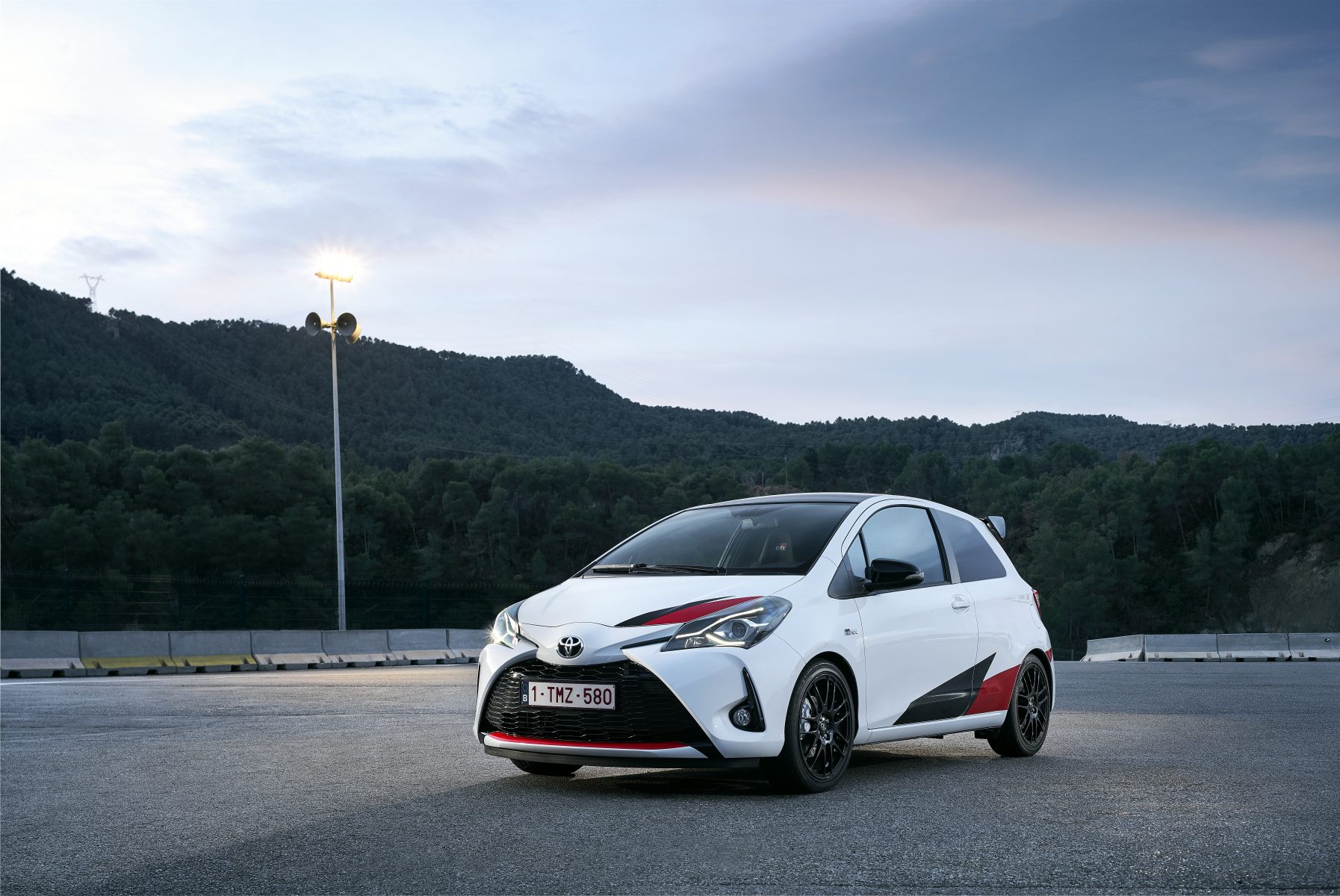
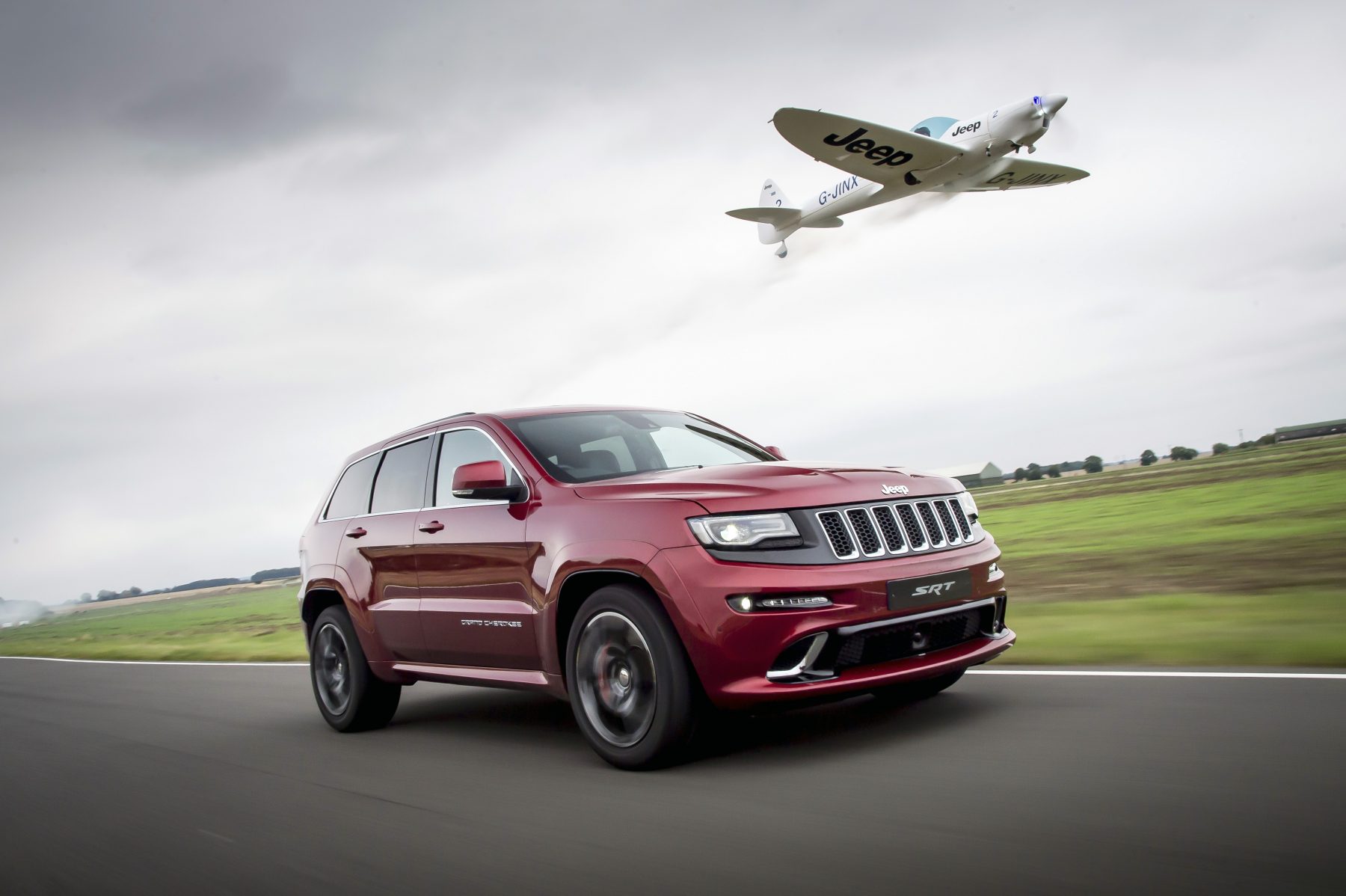
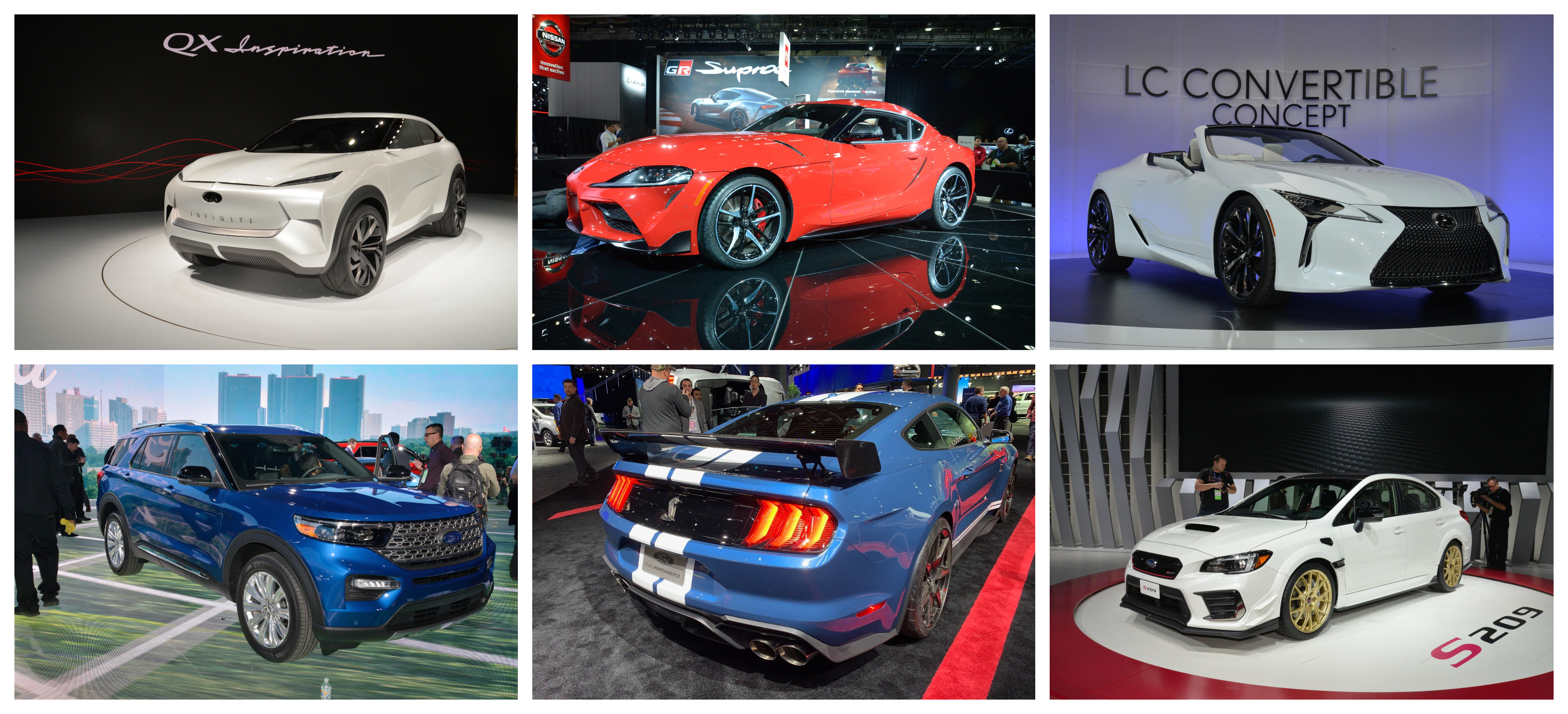
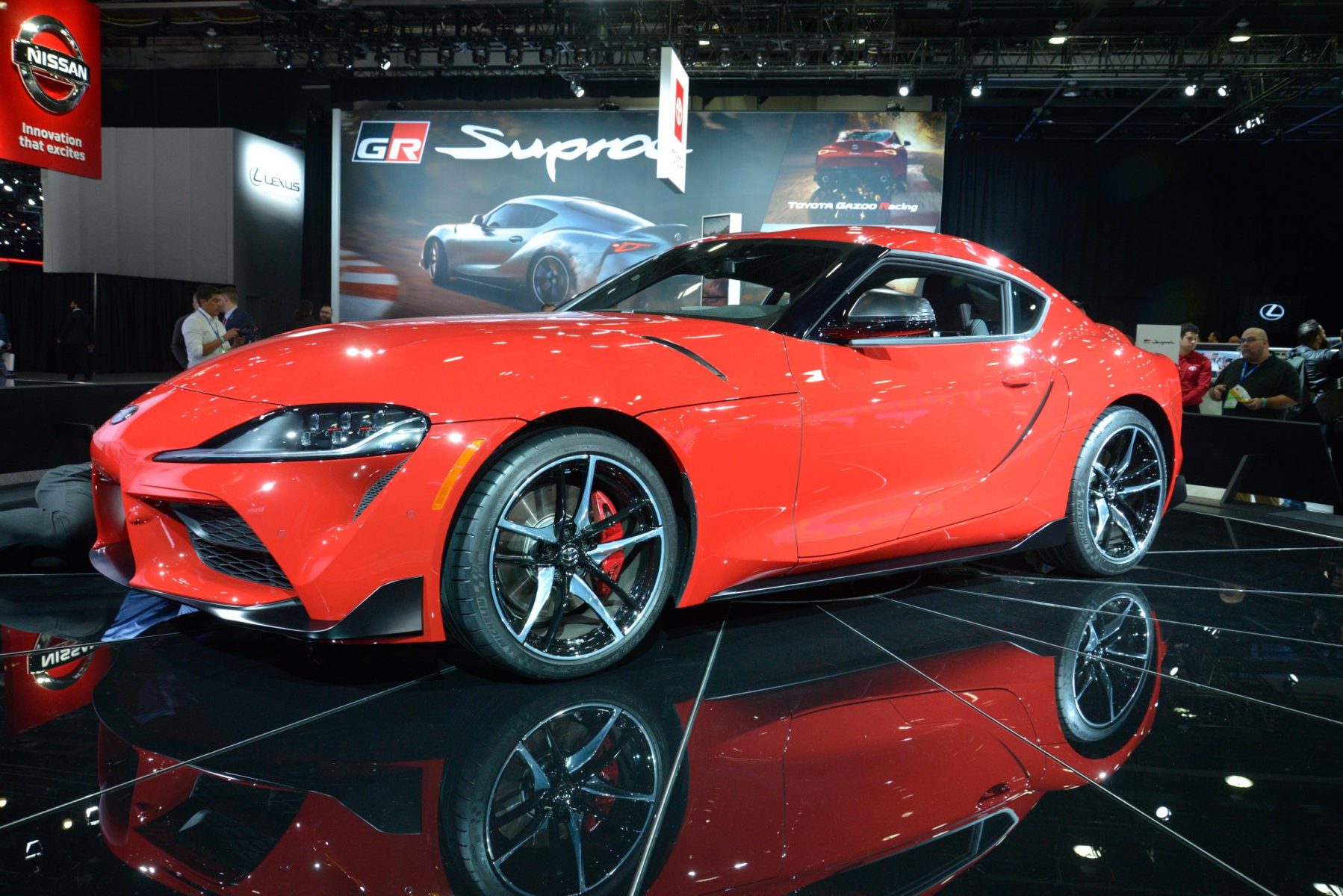
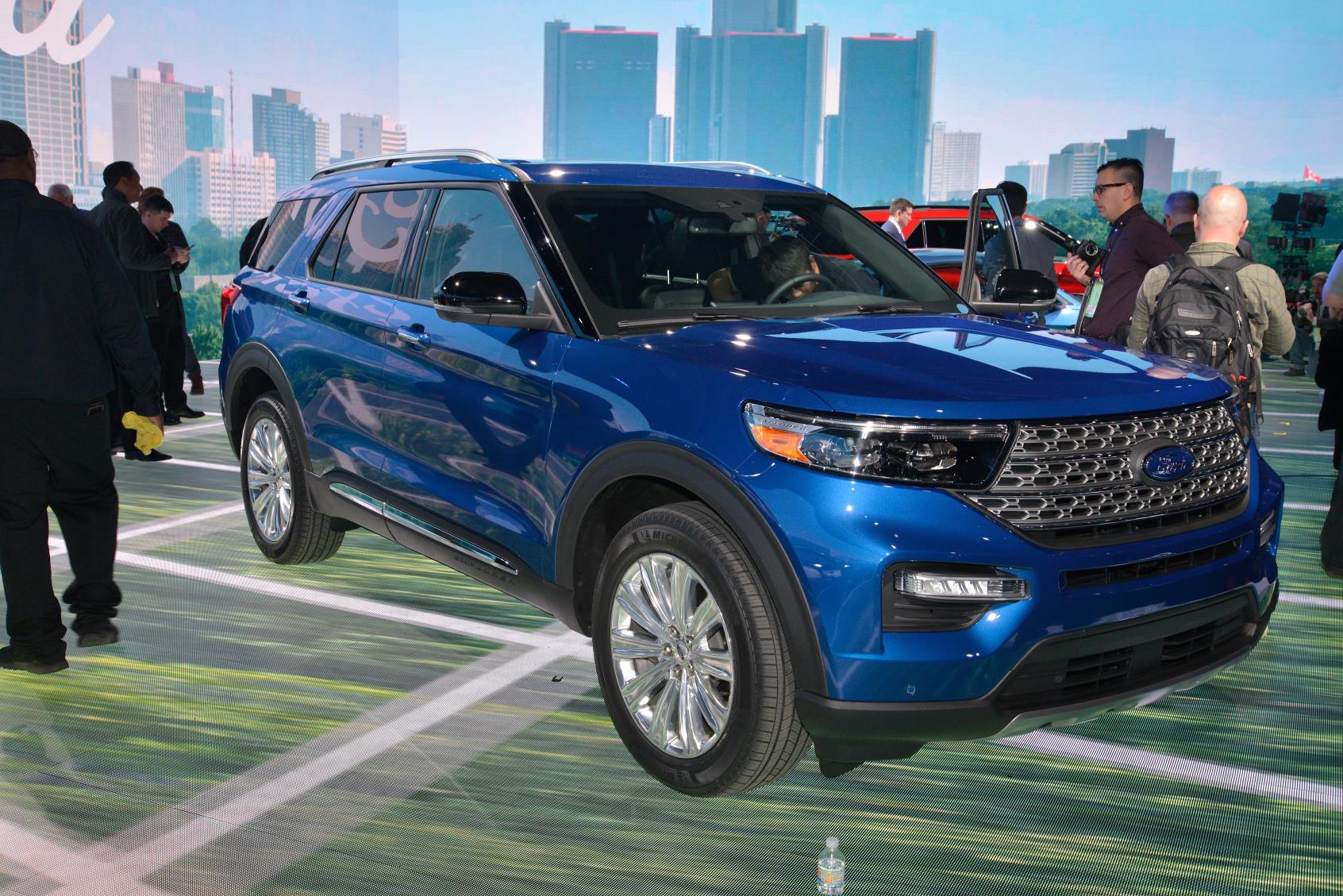

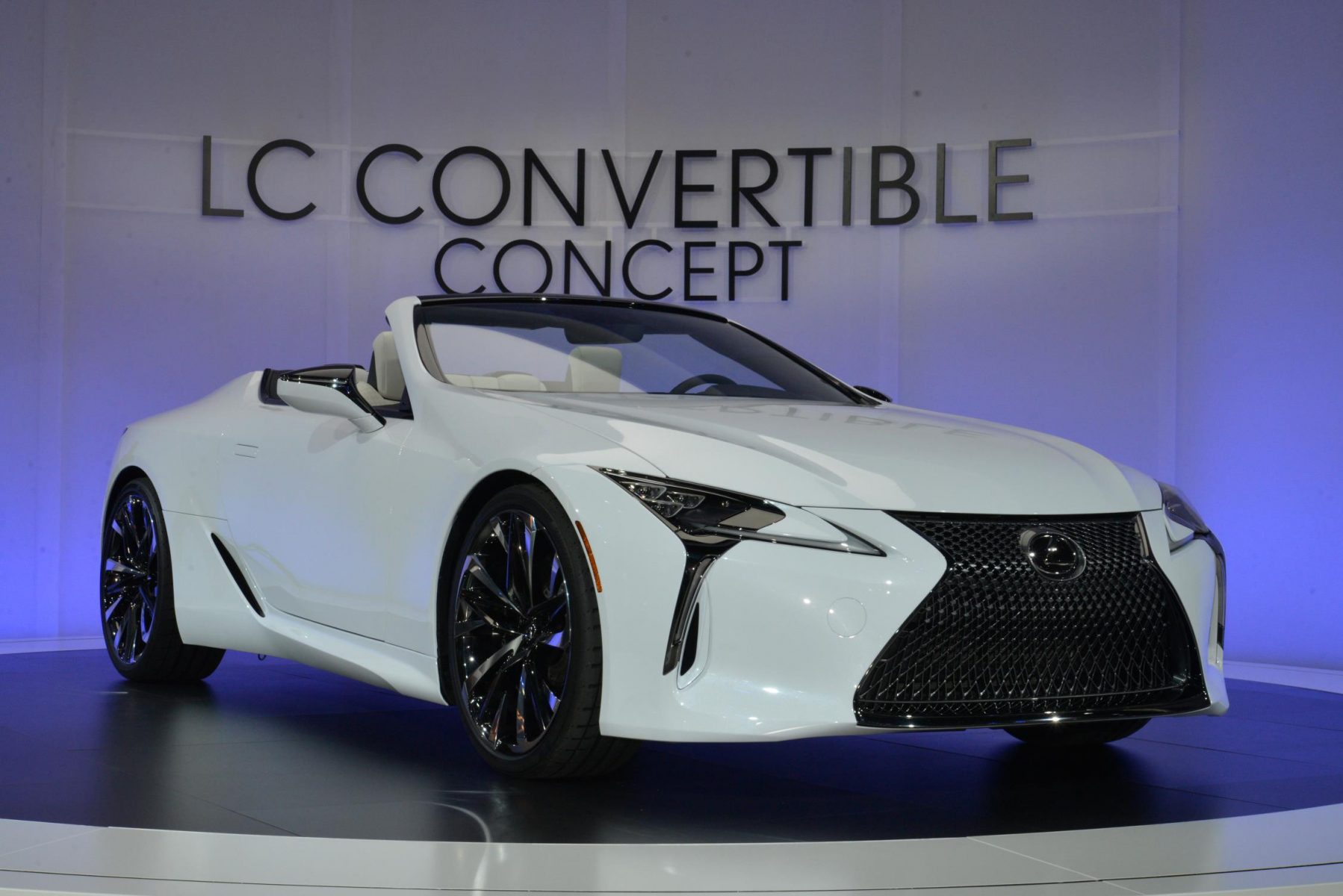

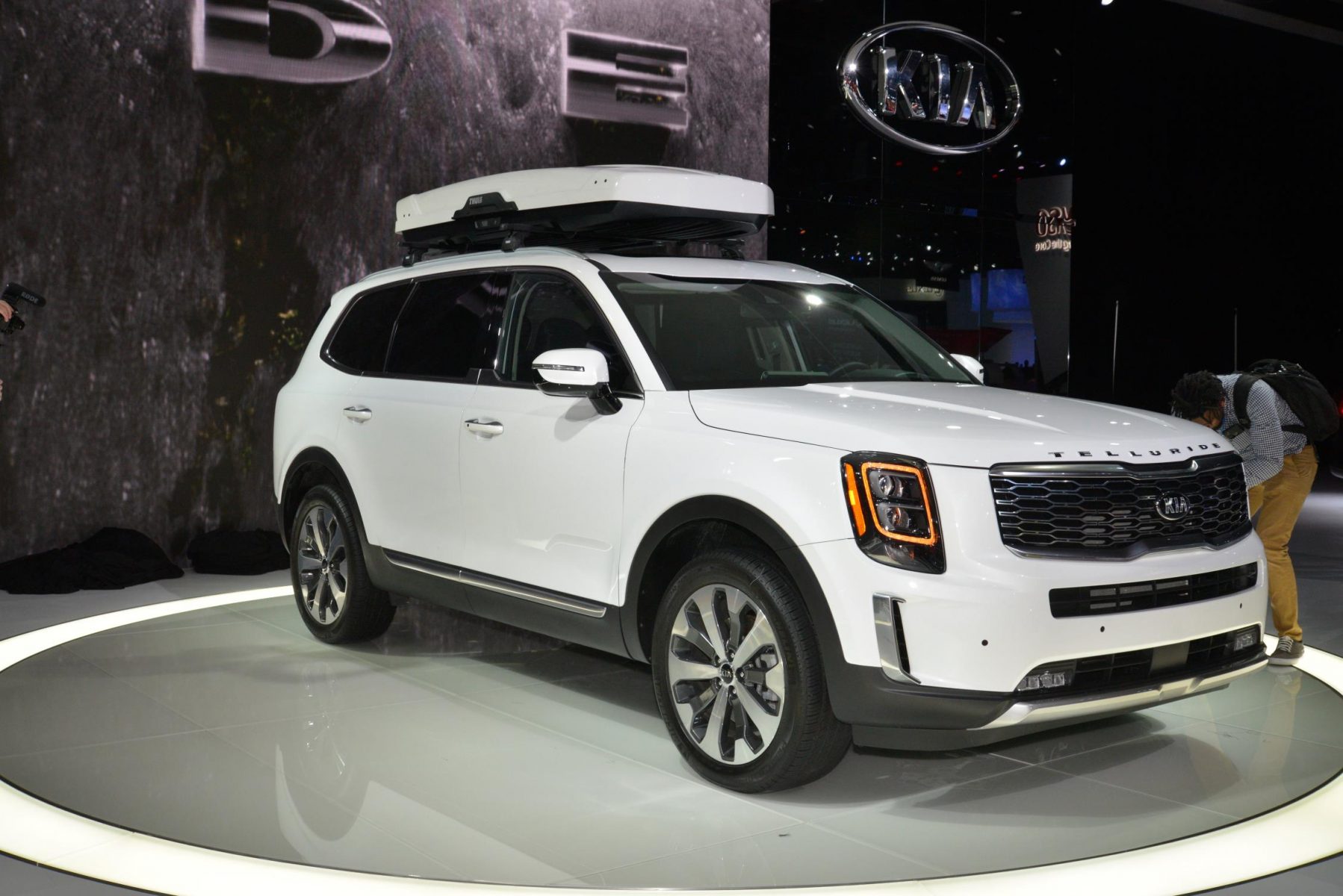


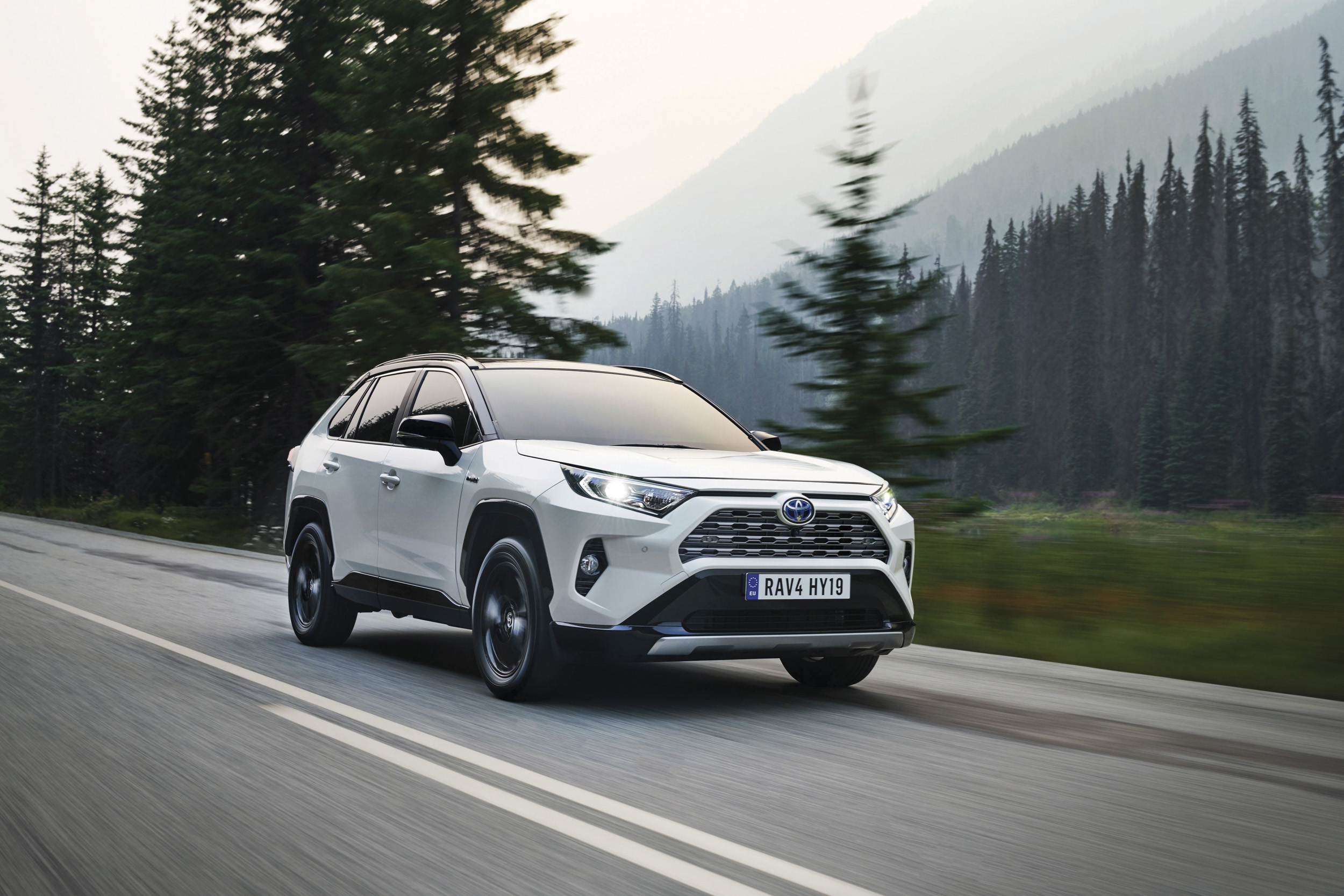
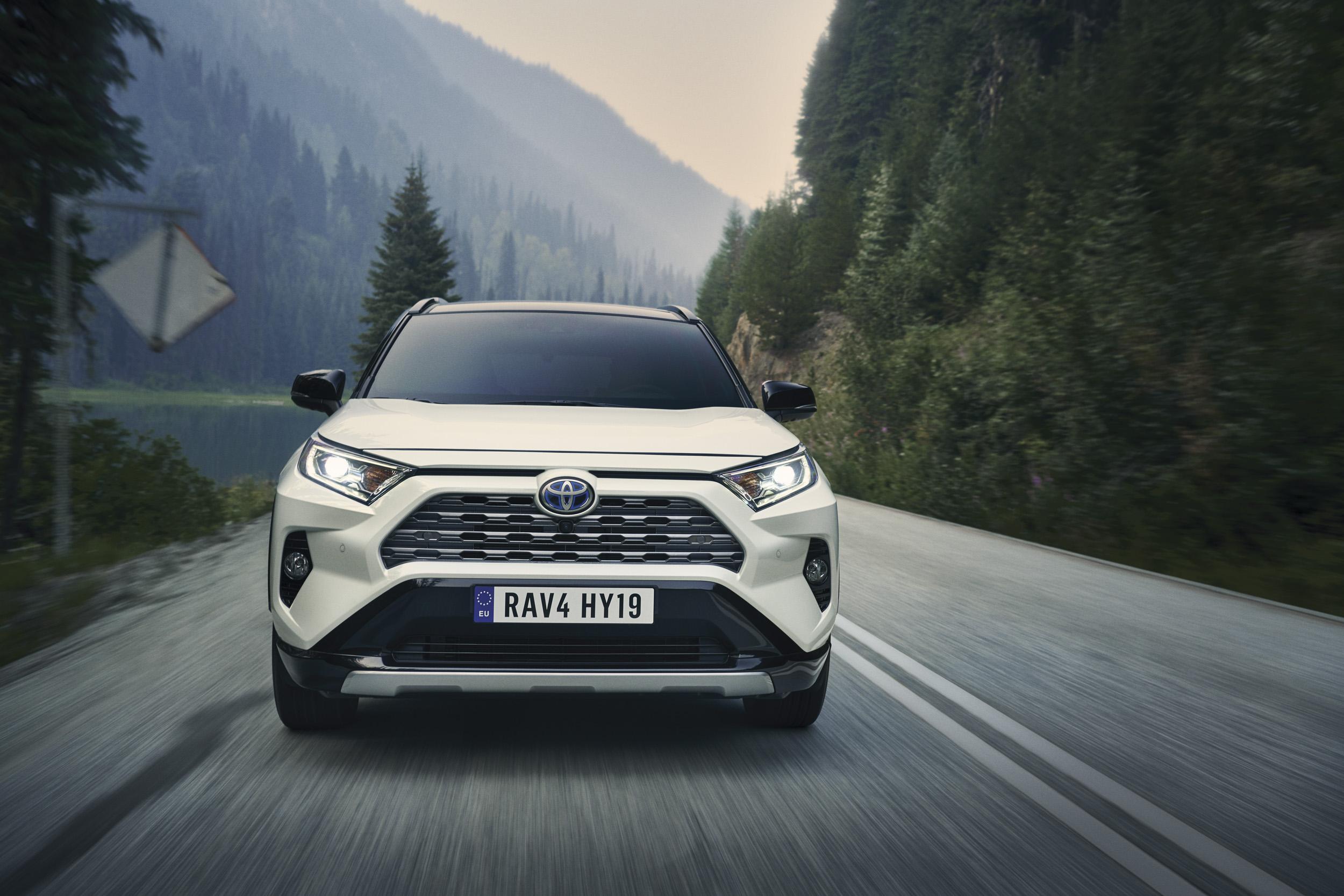
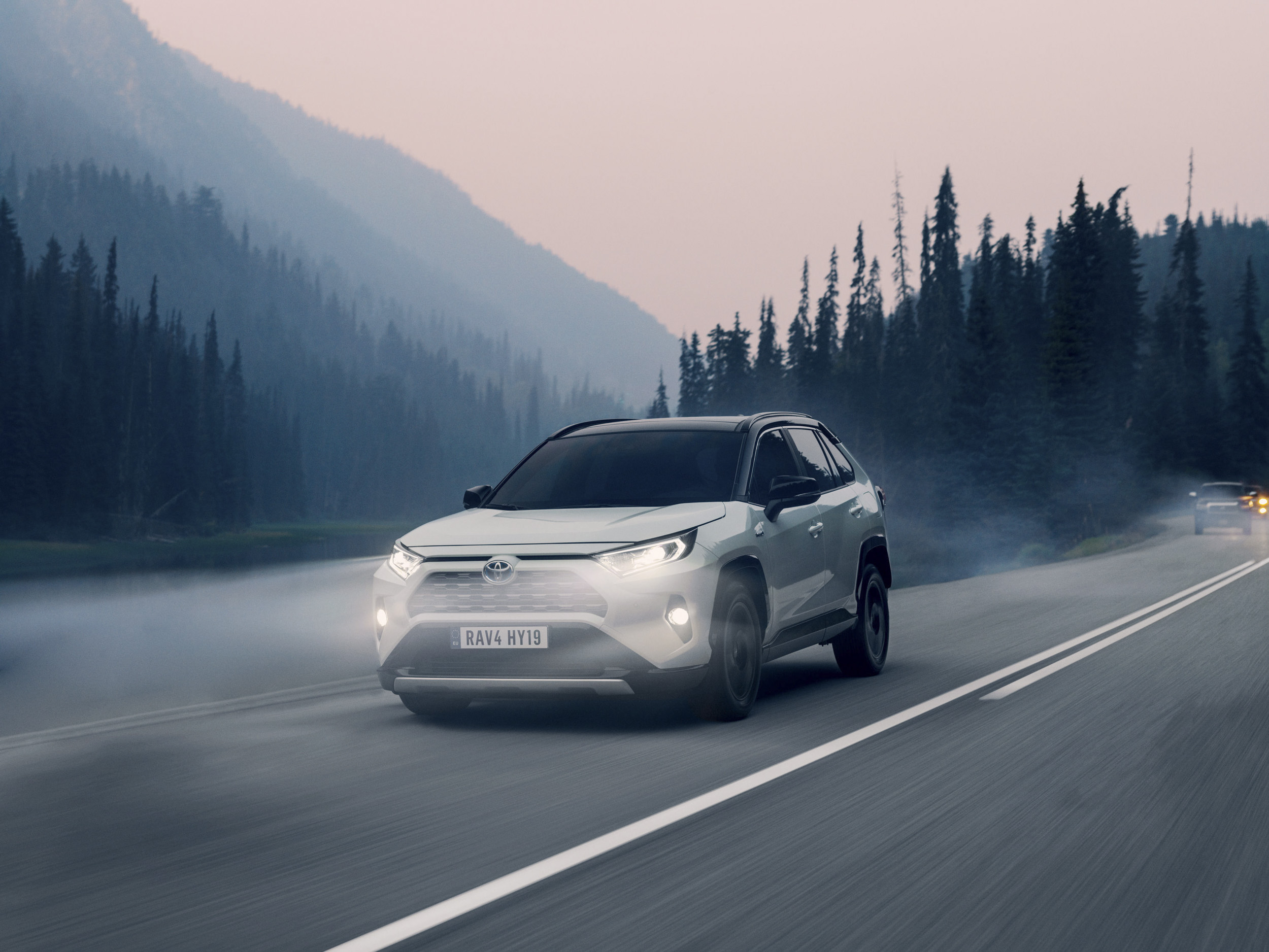
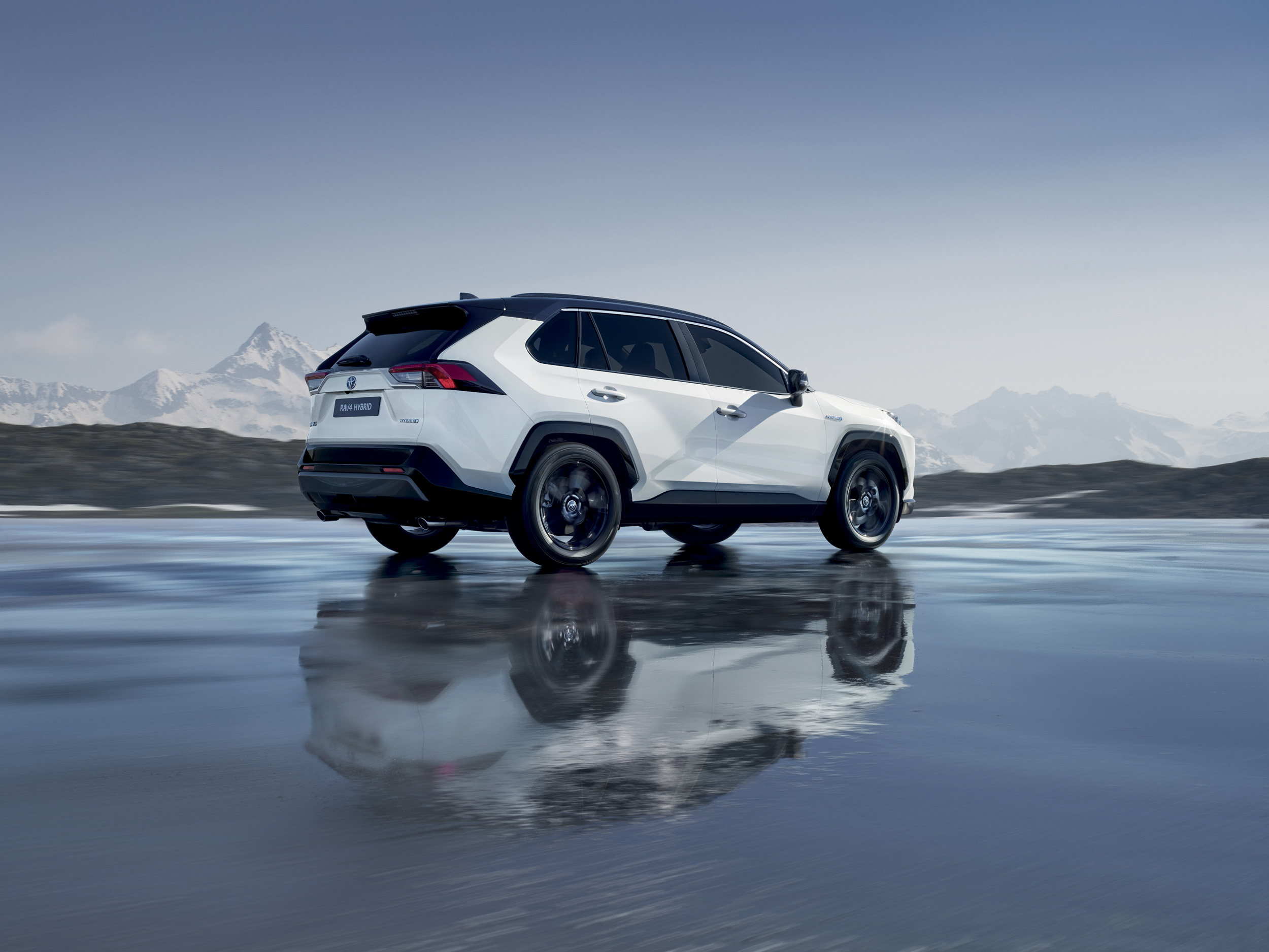
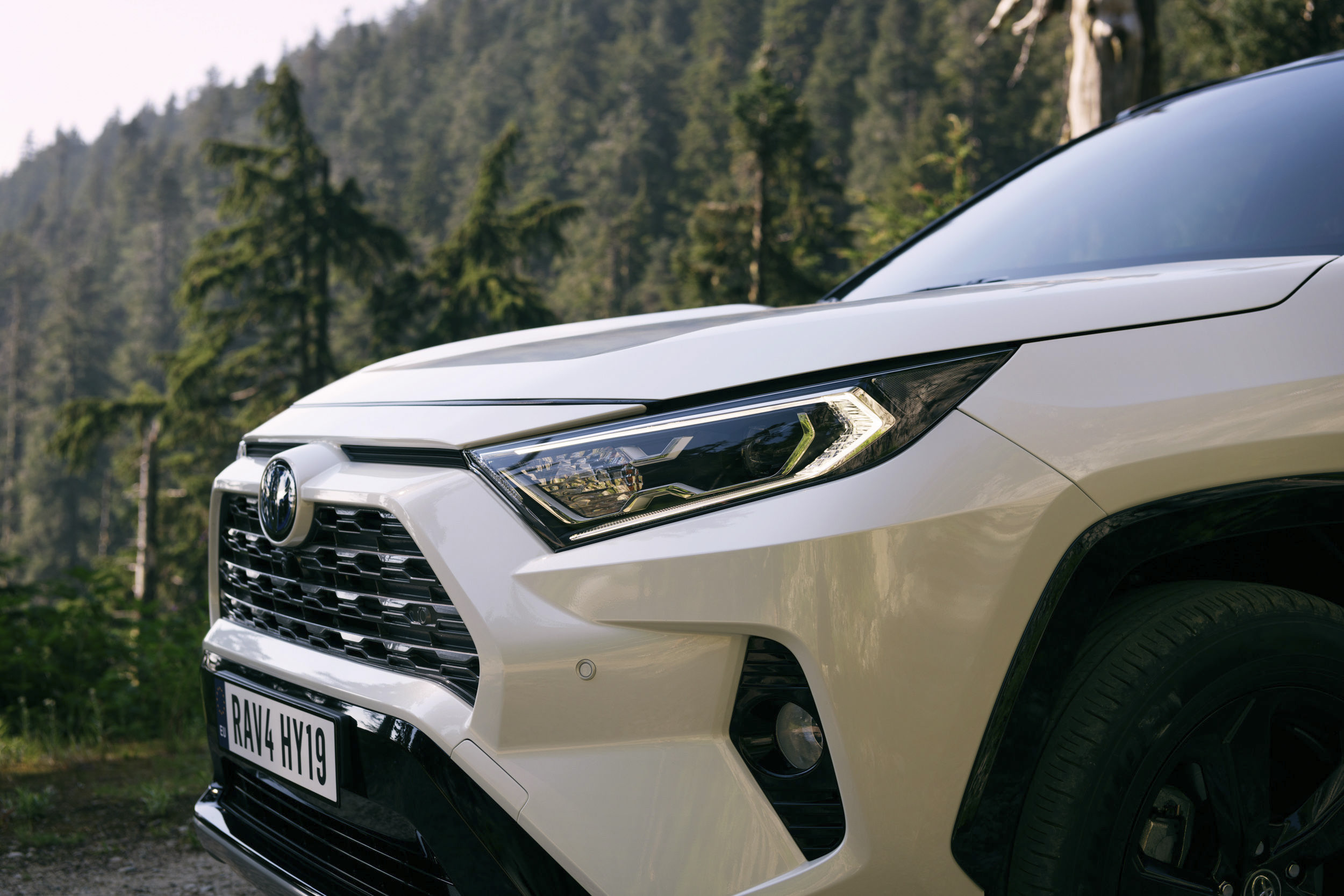
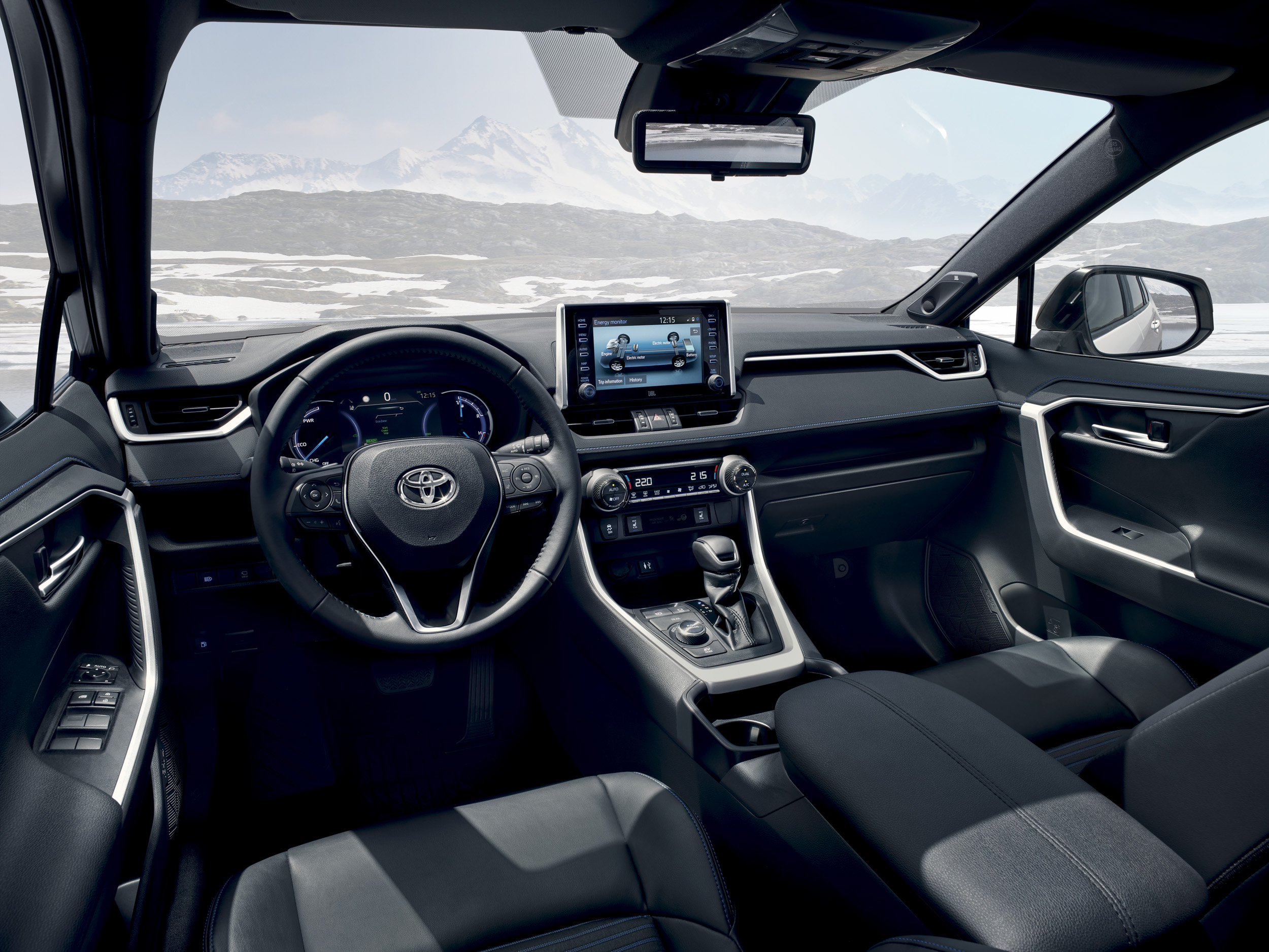
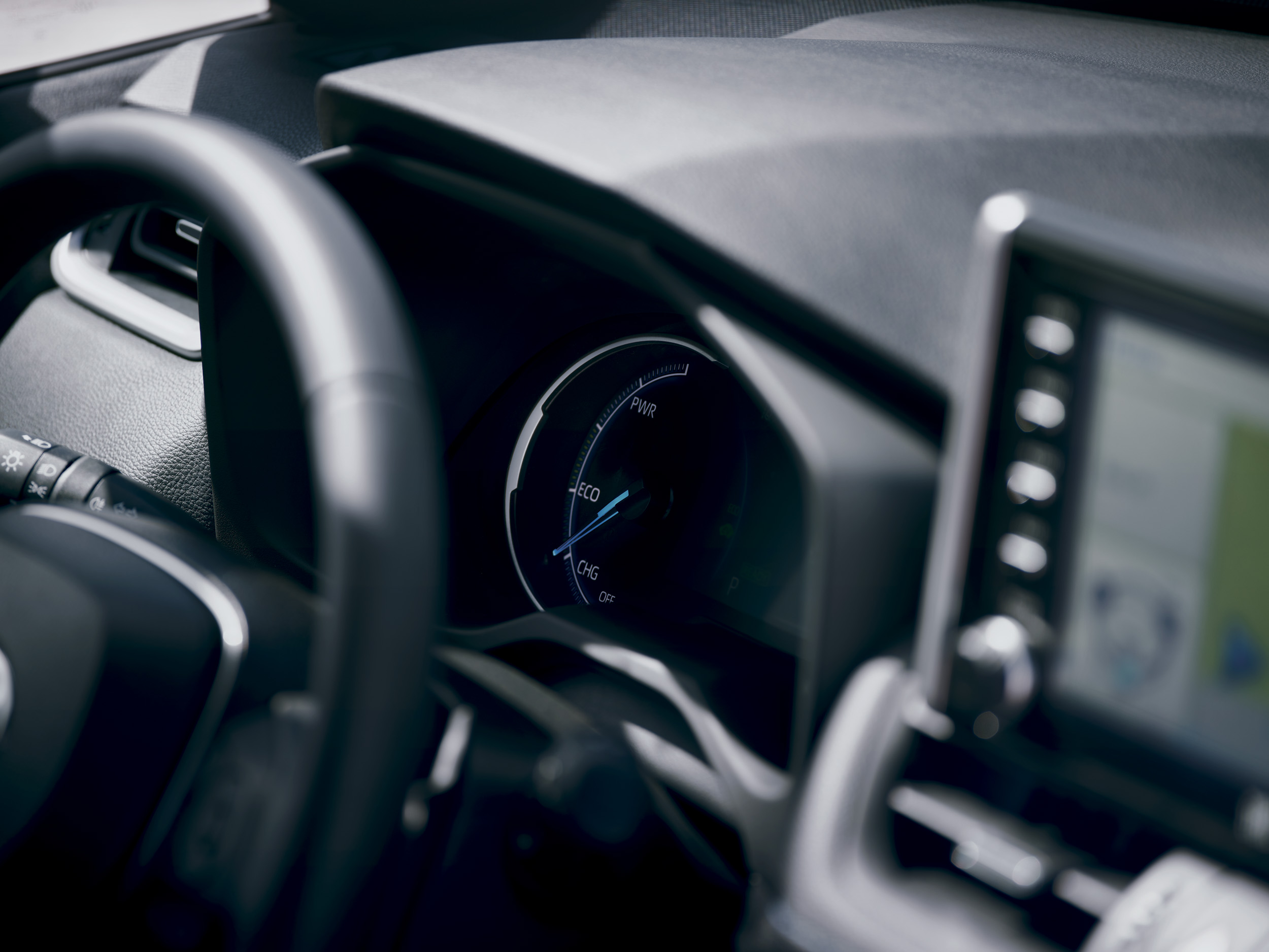
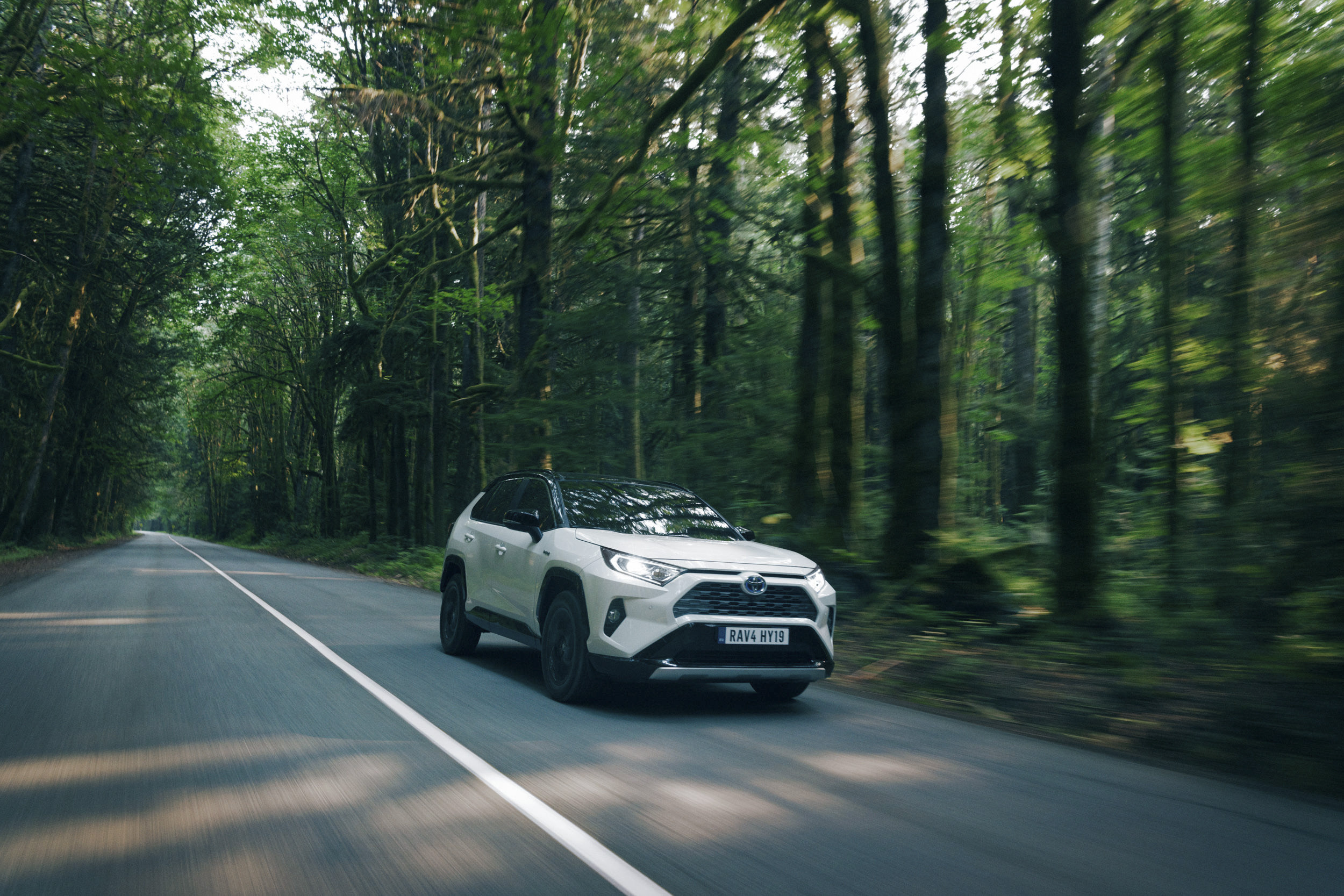

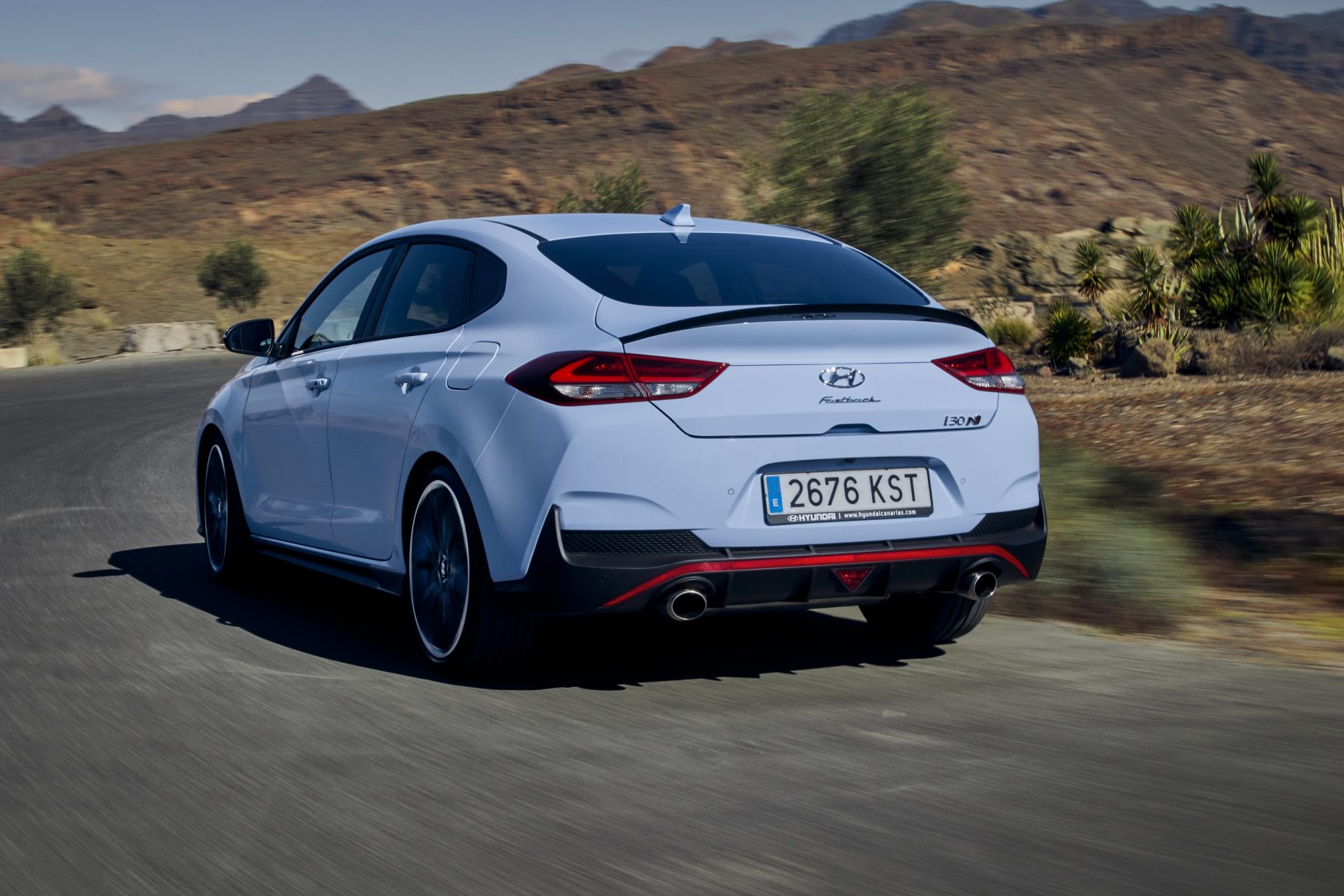
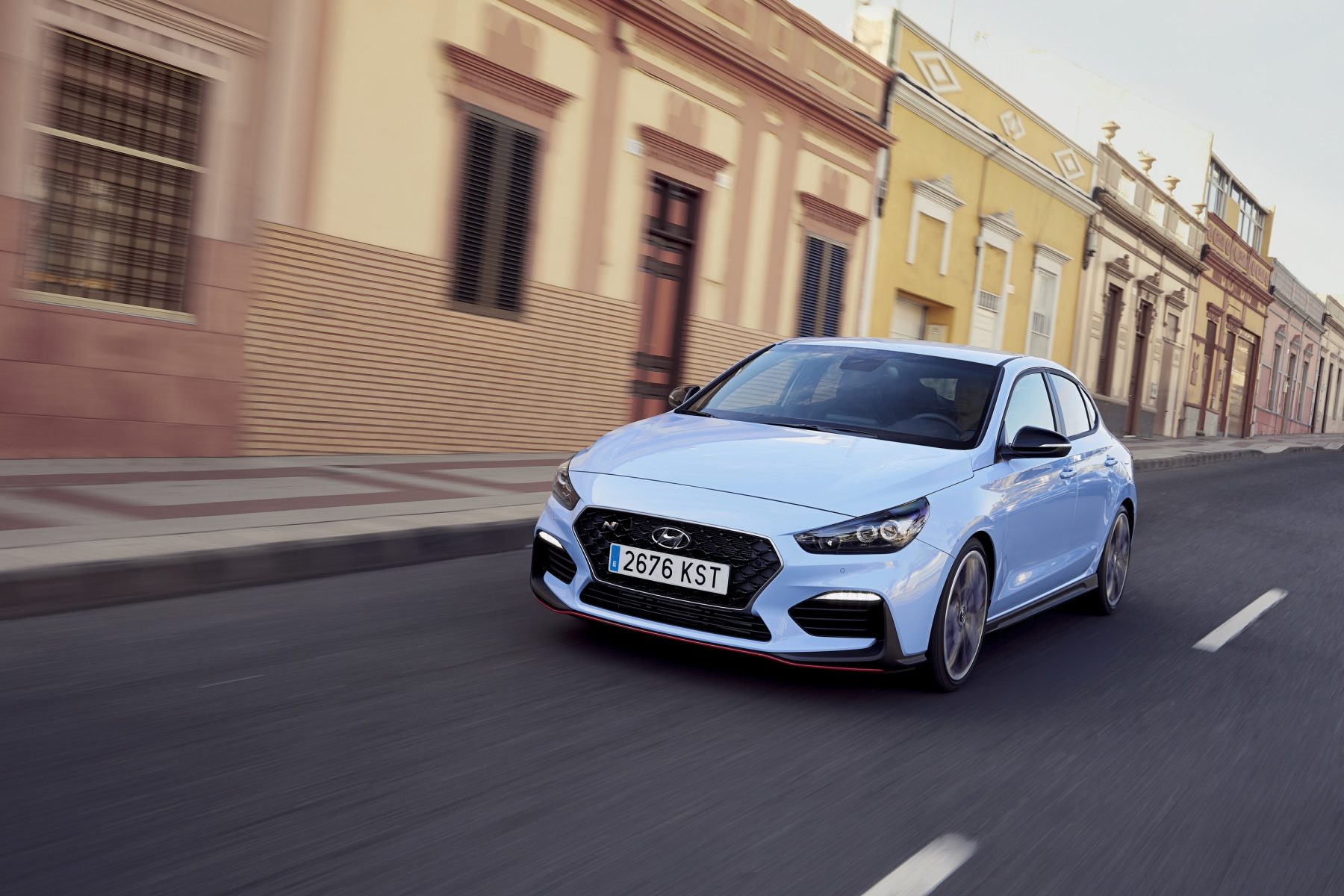
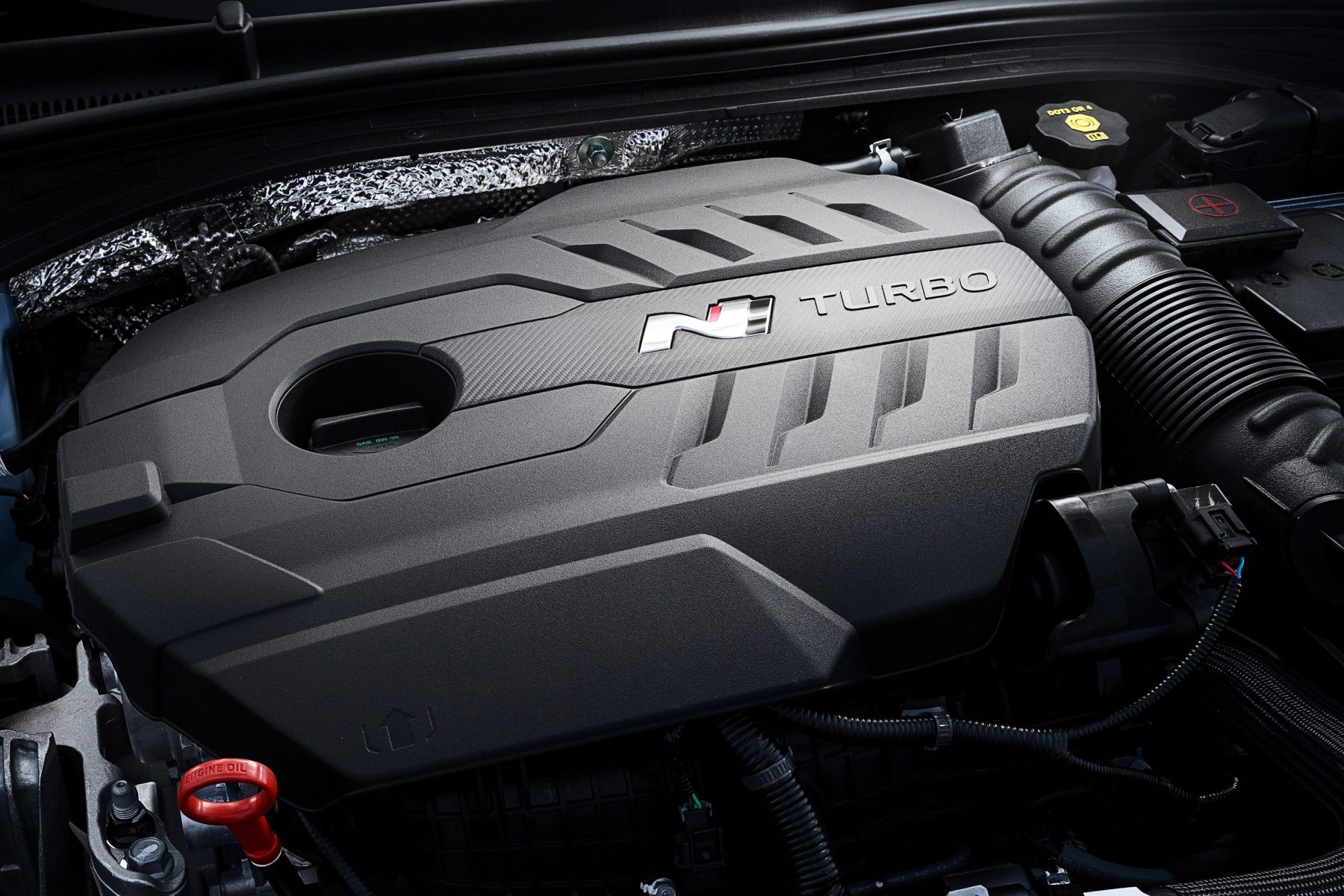
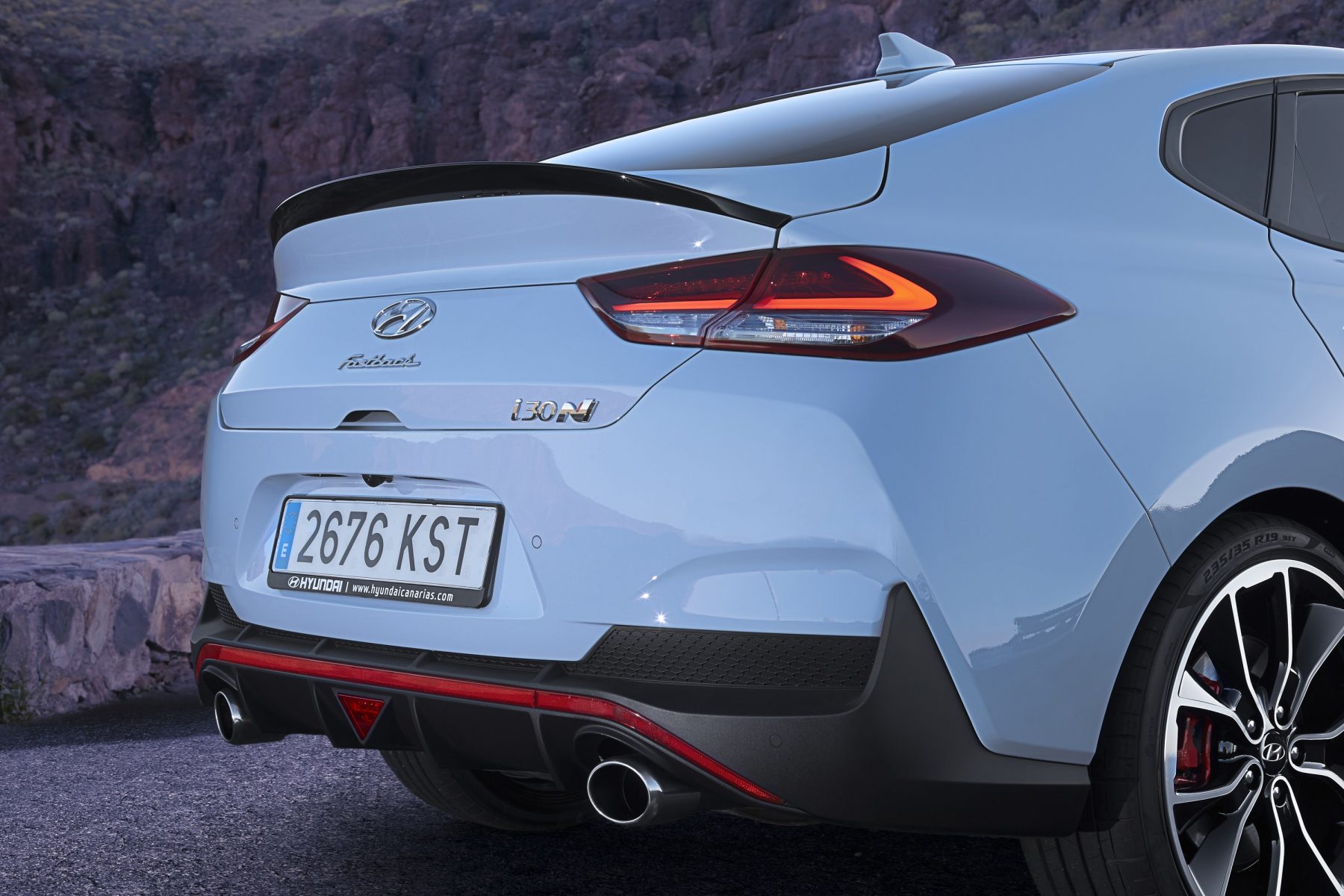
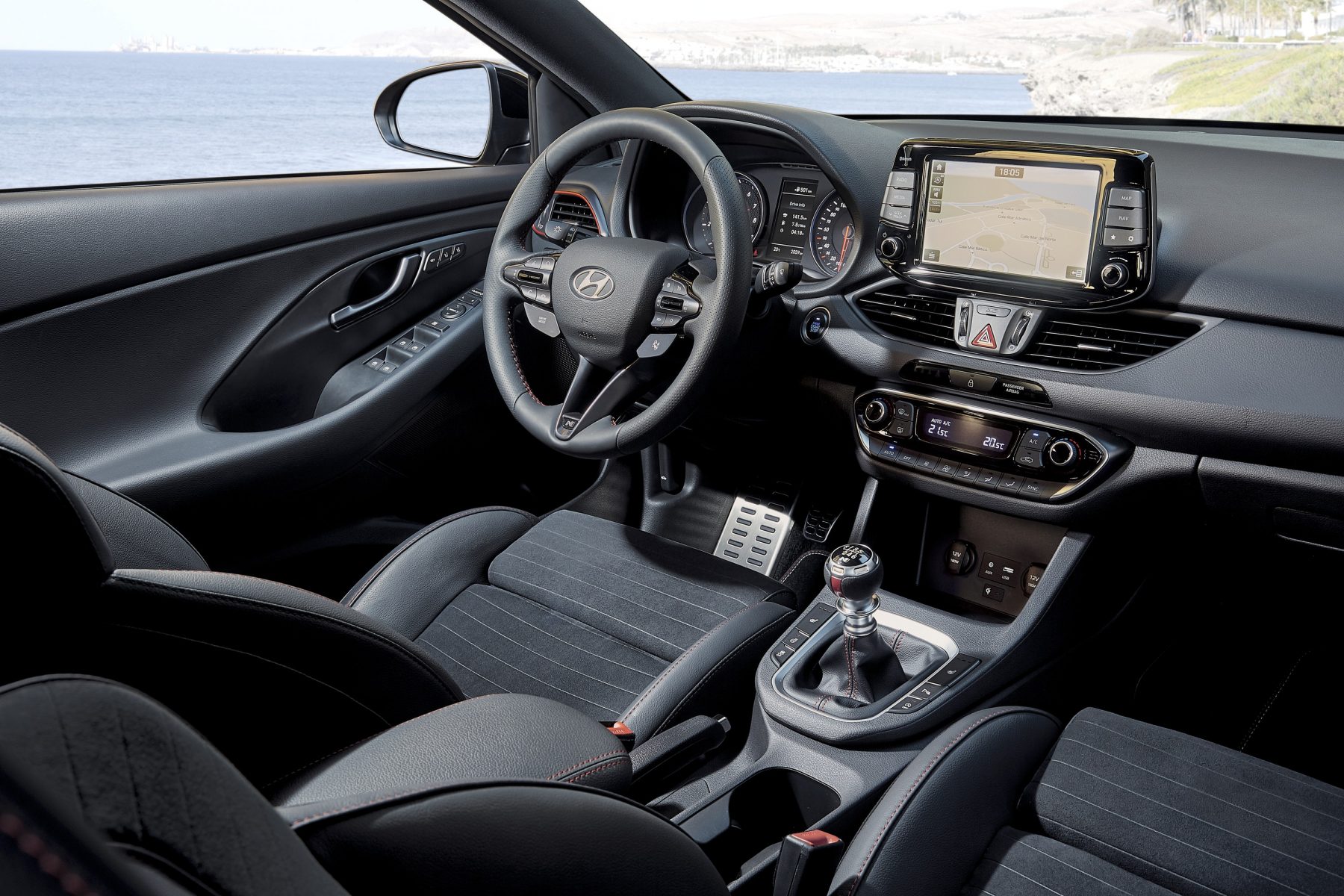
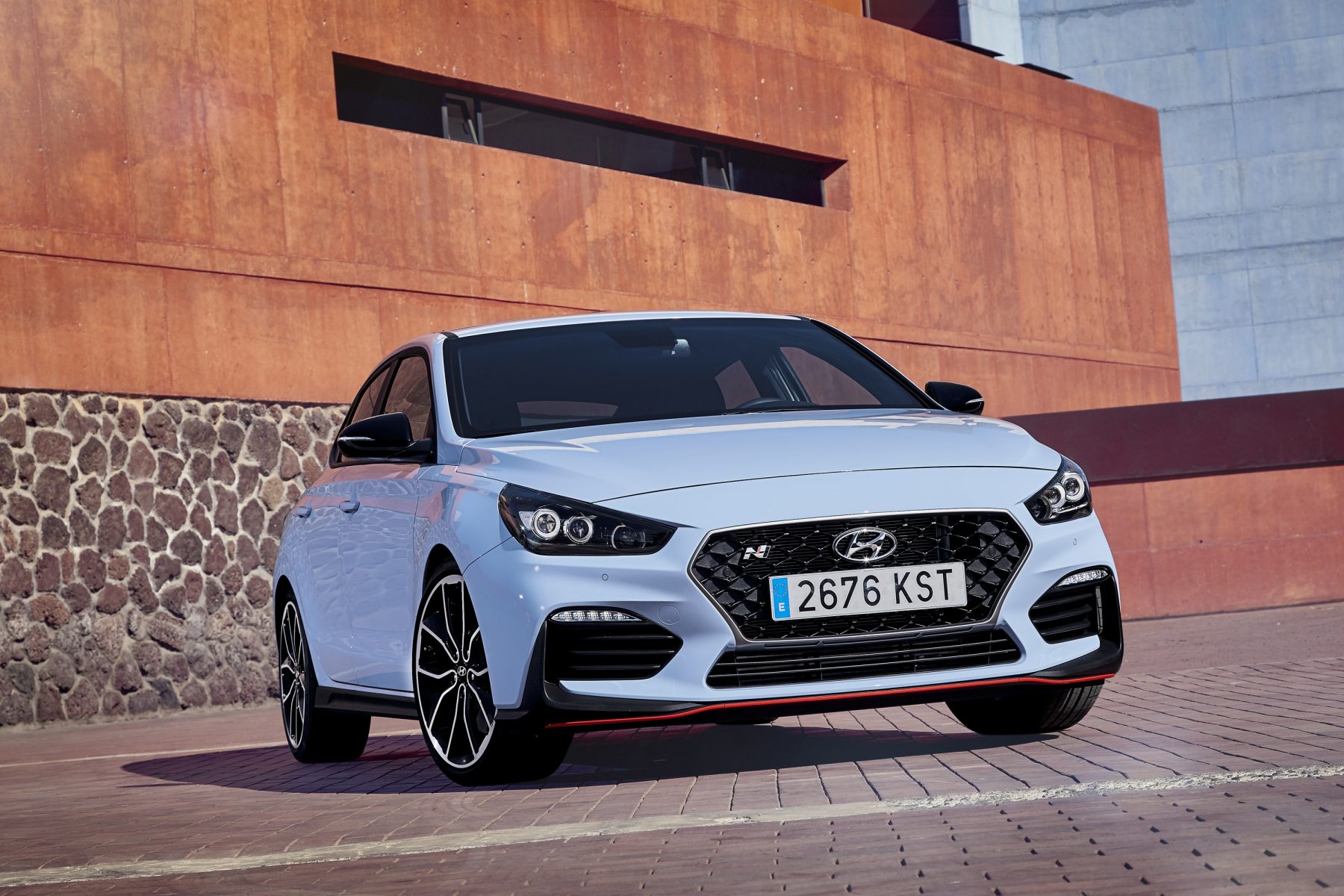
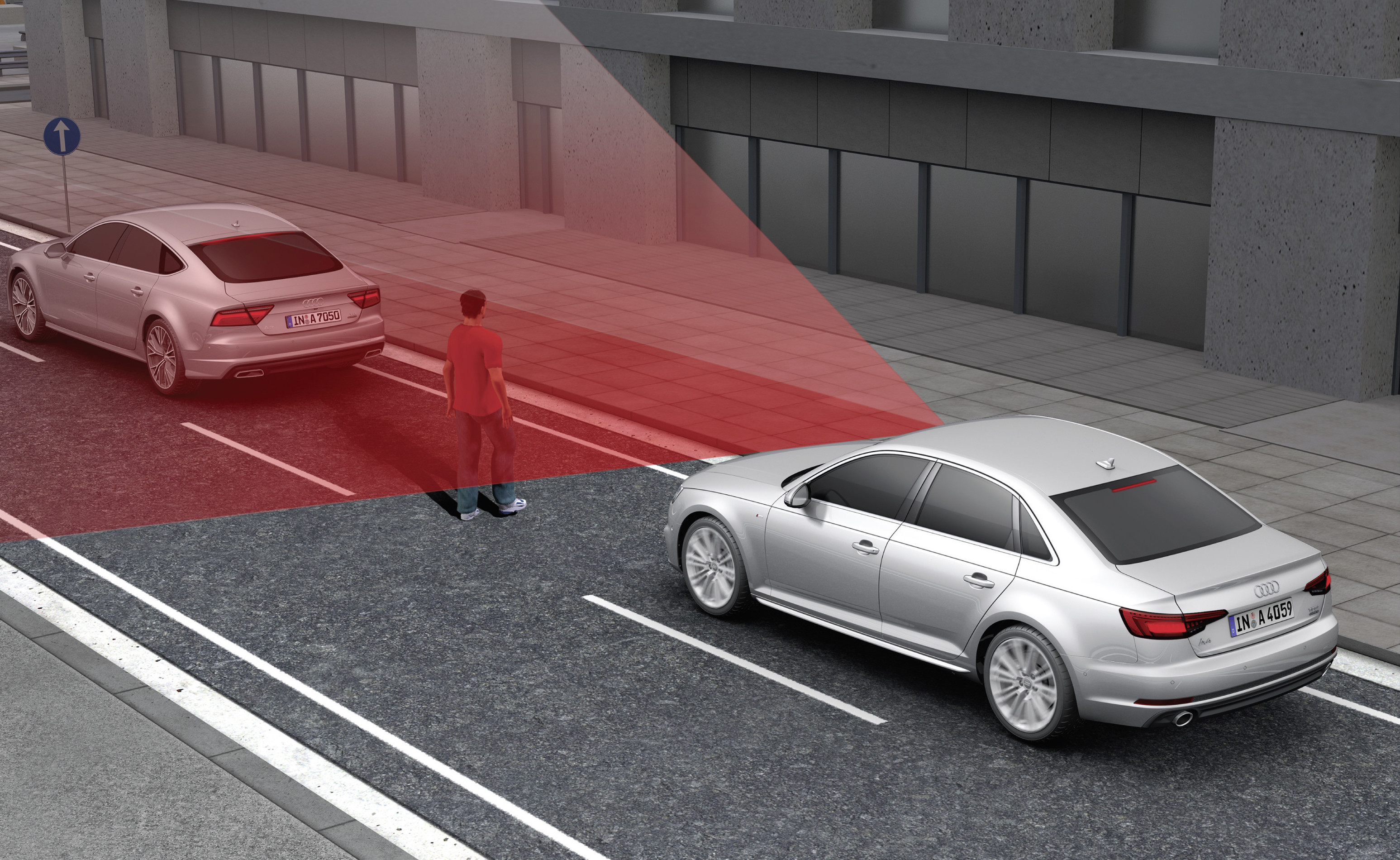
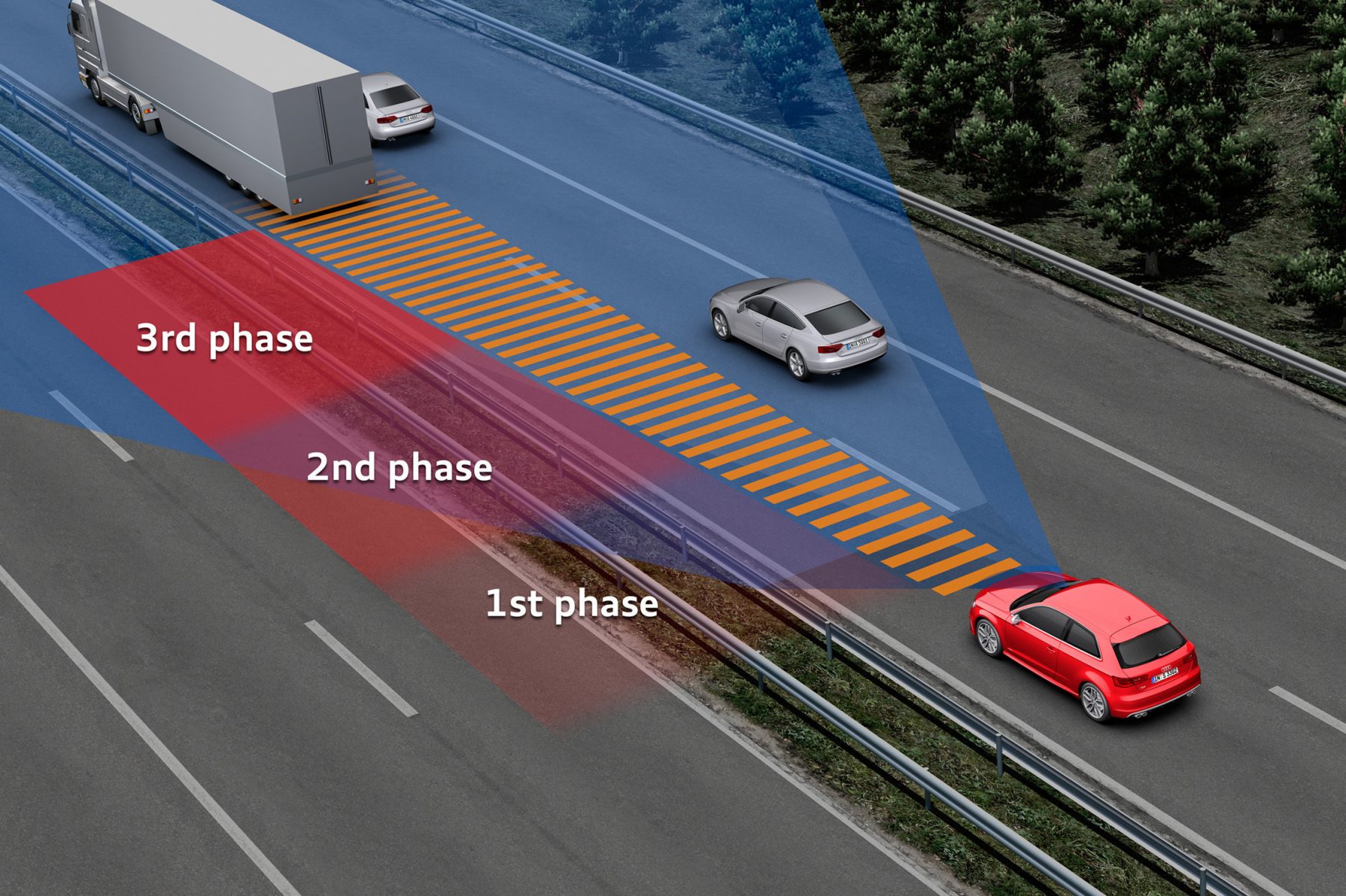 AEB refers to a collection of components which are capable of braking for the driver in an emergency situation. It consists of actuators to apply the brakes, a set of scanners – cameras, lasers or radars – to ‘see’ the road ahead, and a computer to decipher which objects constitute threats and which ones don’t.
AEB refers to a collection of components which are capable of braking for the driver in an emergency situation. It consists of actuators to apply the brakes, a set of scanners – cameras, lasers or radars – to ‘see’ the road ahead, and a computer to decipher which objects constitute threats and which ones don’t. Early AEB systems used laser scanners, and were limited to a short range of vision in front of the car. For that reason, they usually only operated at low speeds of below 30mph.
Early AEB systems used laser scanners, and were limited to a short range of vision in front of the car. For that reason, they usually only operated at low speeds of below 30mph.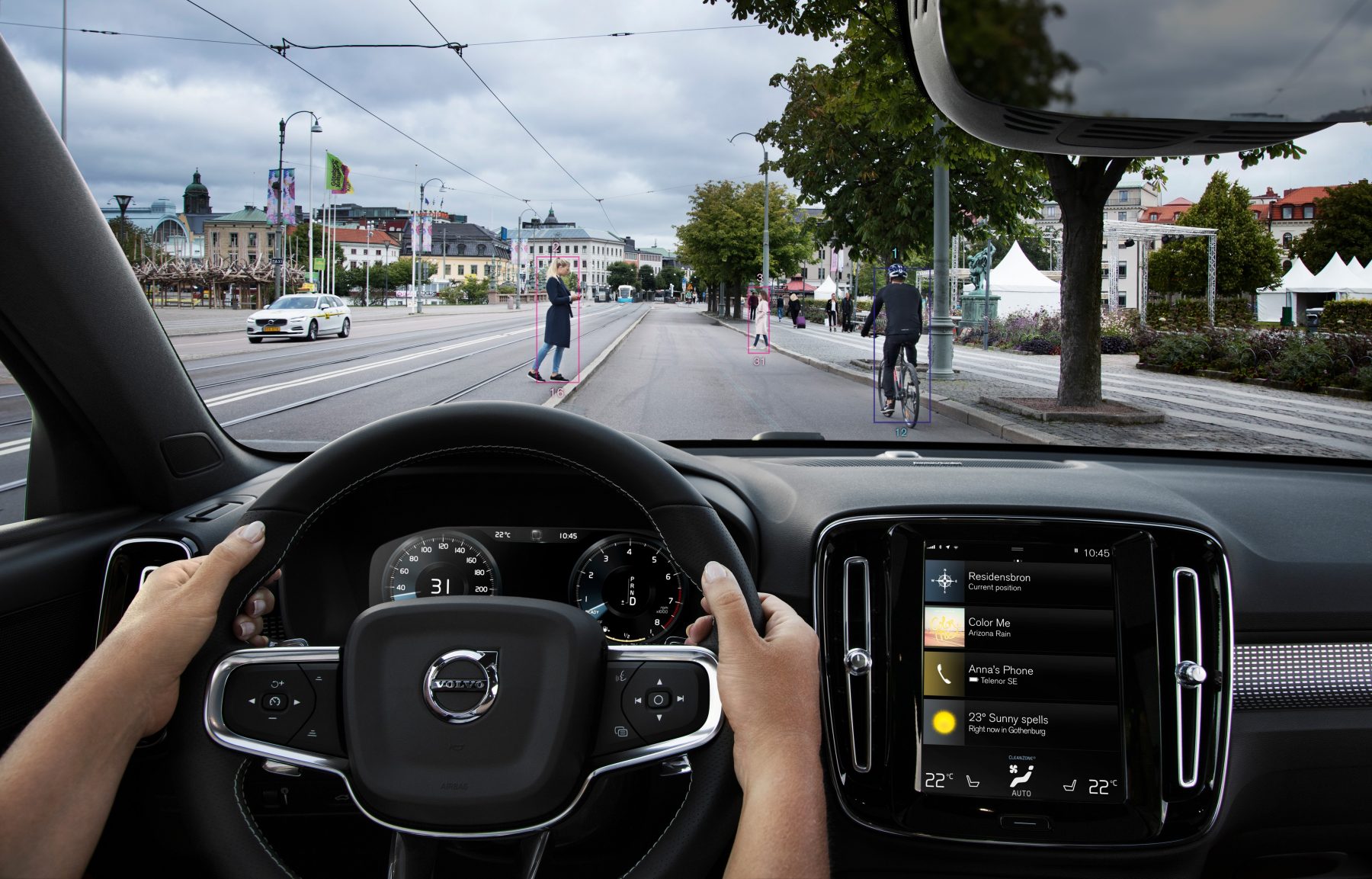 If you have an older car, you’re flat out of luck – AEB can’t be retrofitted. For those buying a newer car, it’s definitely a box worth ticking.
If you have an older car, you’re flat out of luck – AEB can’t be retrofitted. For those buying a newer car, it’s definitely a box worth ticking.